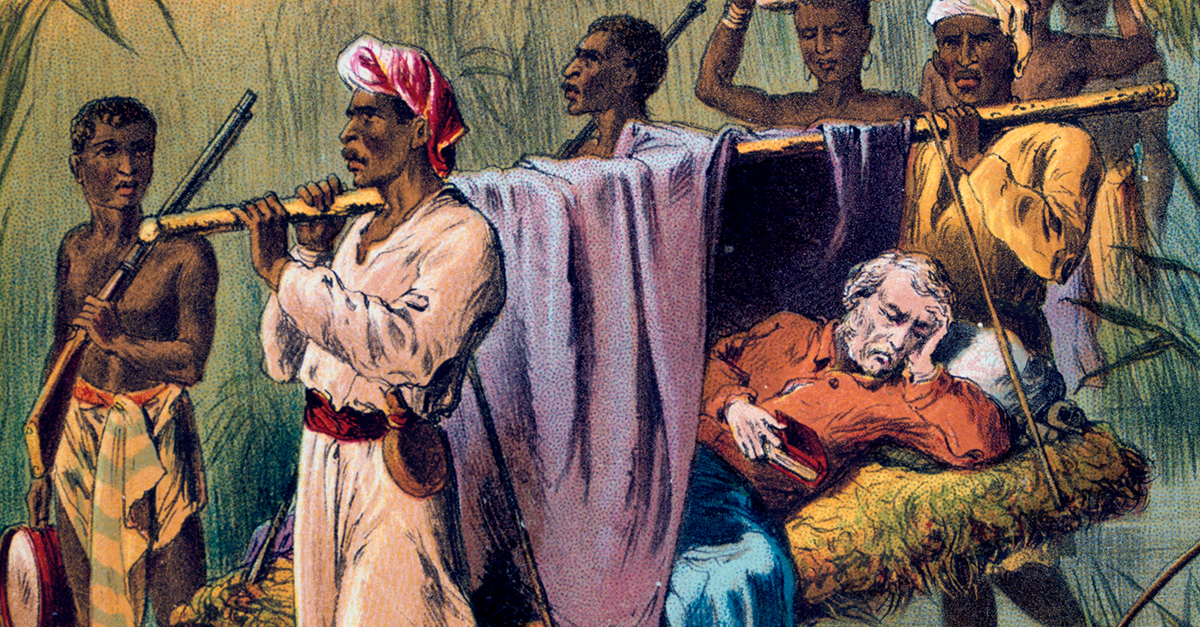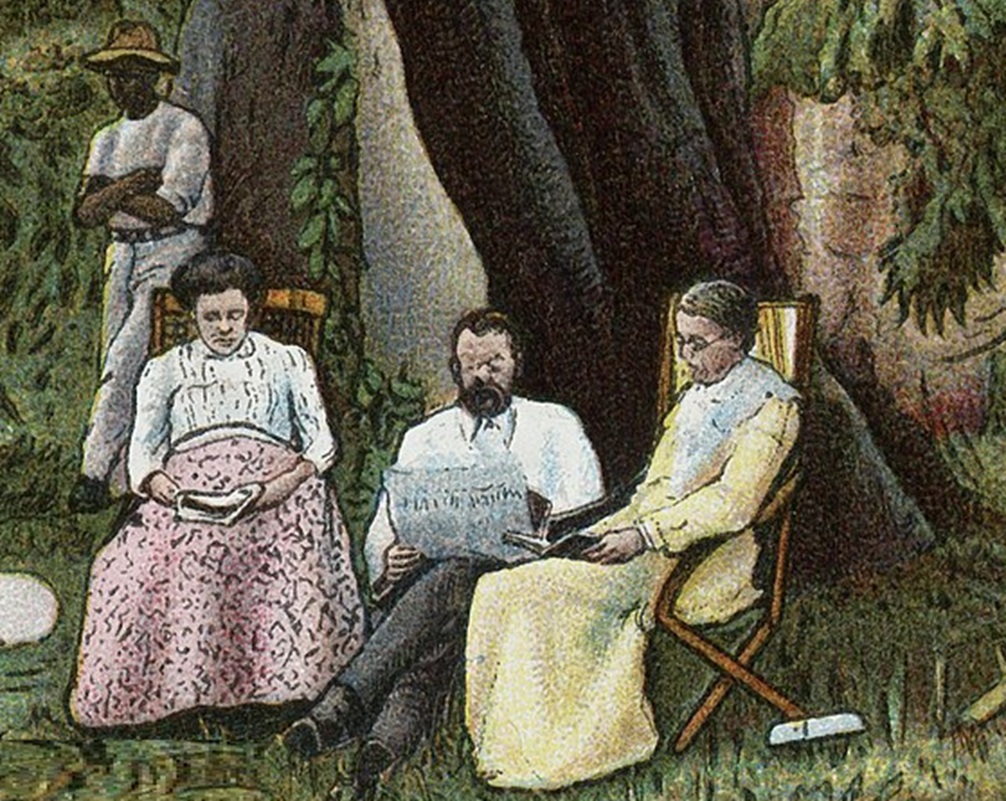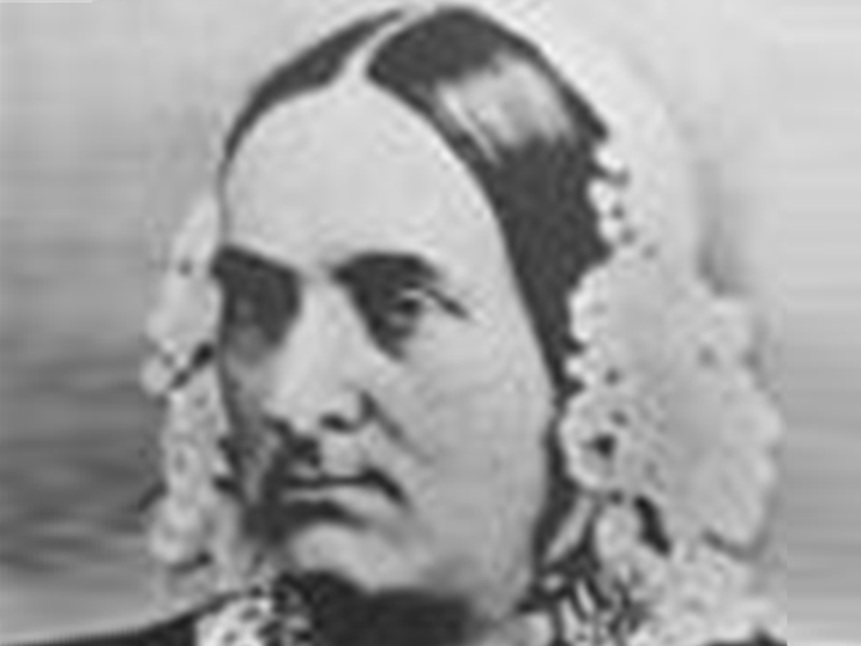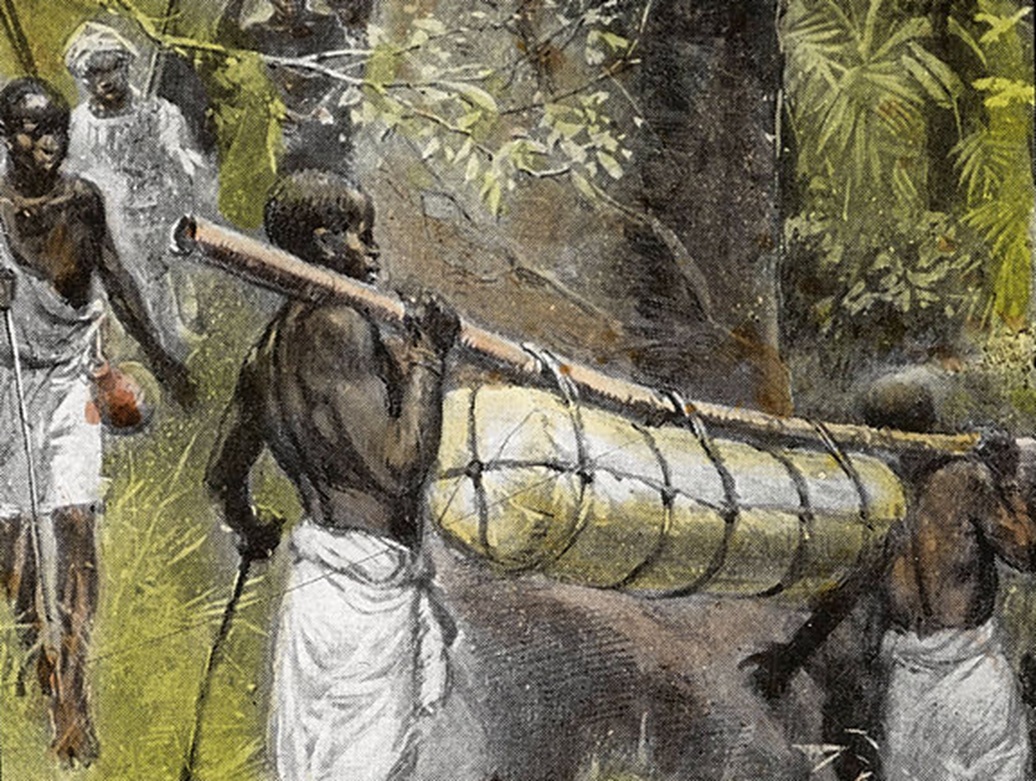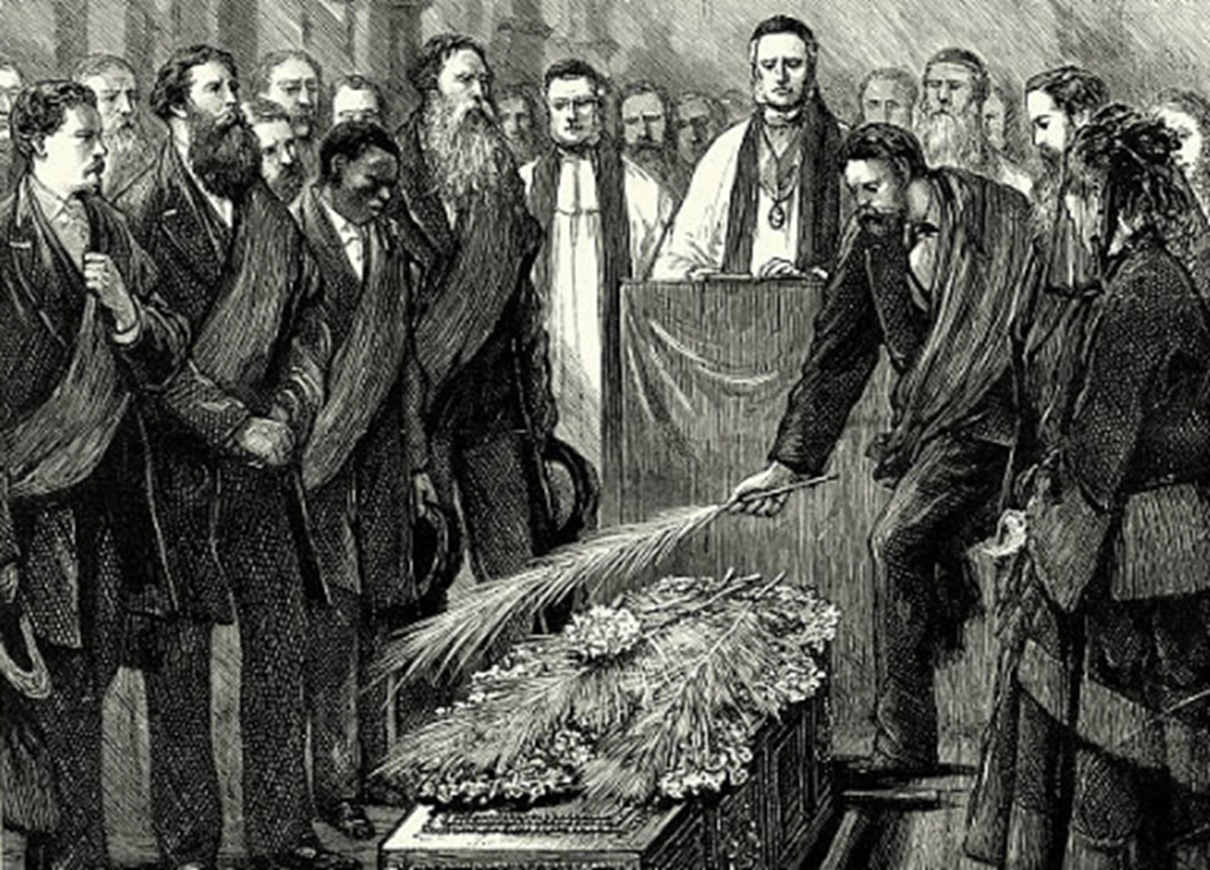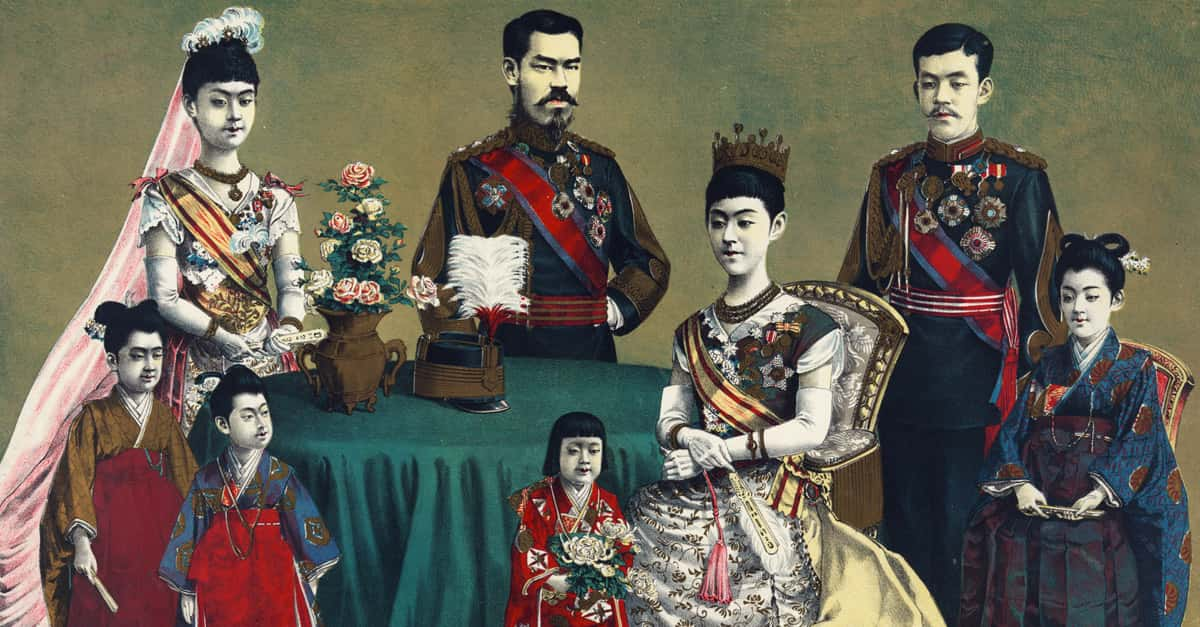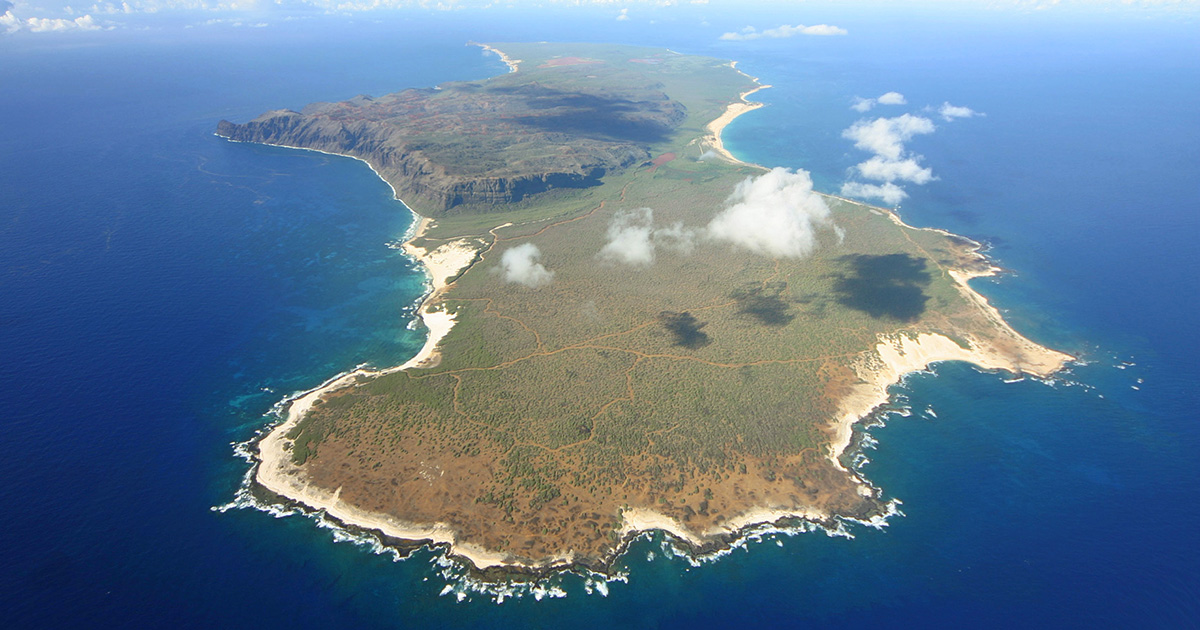What Truly Happened To Doctor Livingstone?
Around 1866, Doctor Livingstone went missing during his last African expedition—but few know the chilling details of his horrific end.
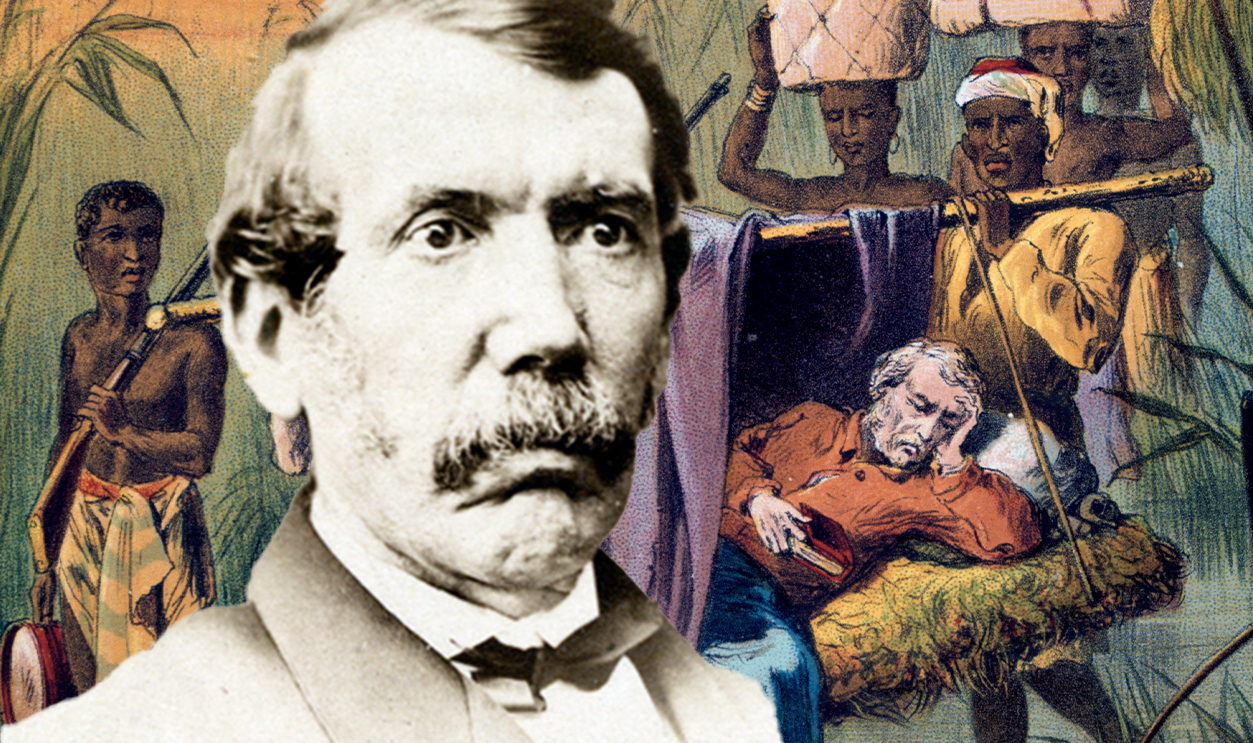
His Story Begins Far From Africa
Born in 1813, David Livingstone began his life far away from the continent he would one day disappear into. He grew up in a tiny Scottish town called Blantyre. However, his childhood wasn't exactly a walk in the park.
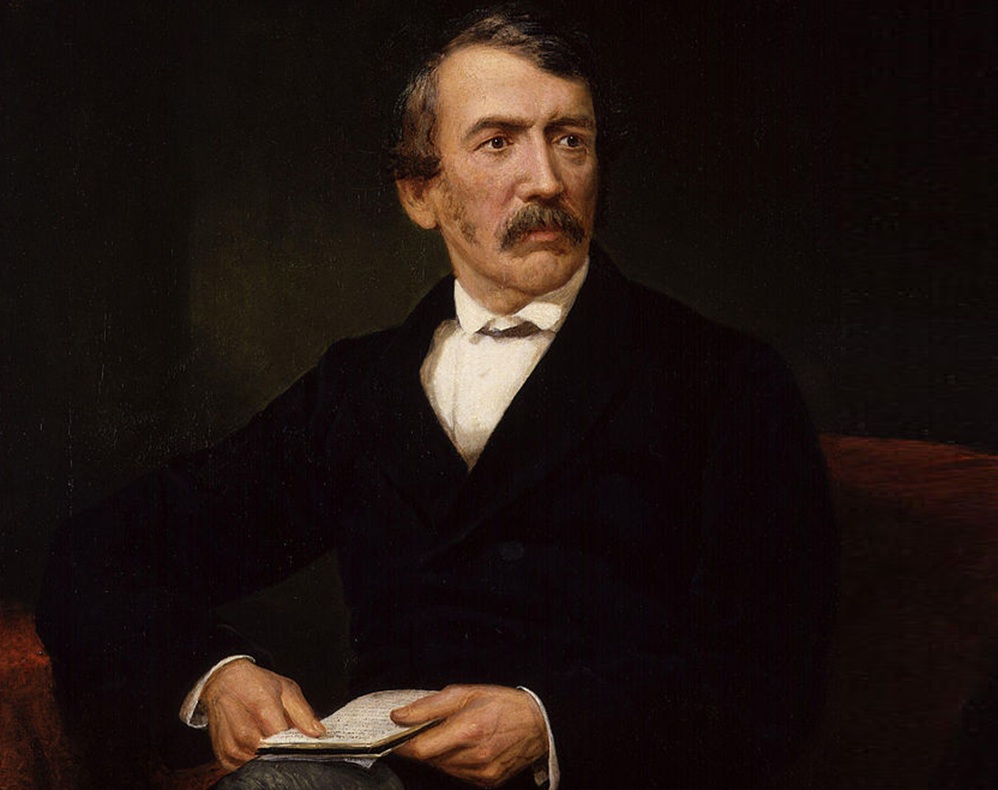 Frederick Havill, Wikimedia Commons
Frederick Havill, Wikimedia Commons
His Entire Family Lived In One Room
Livingstone's family was downright poor. He, his parents, and six siblings lived in a tenement building that housed cotton factory employees. It was a tight squeeze for the large family as they all had to share a single room. For young Livingstone, poverty snuffed out the innocence of childhood too quickly.
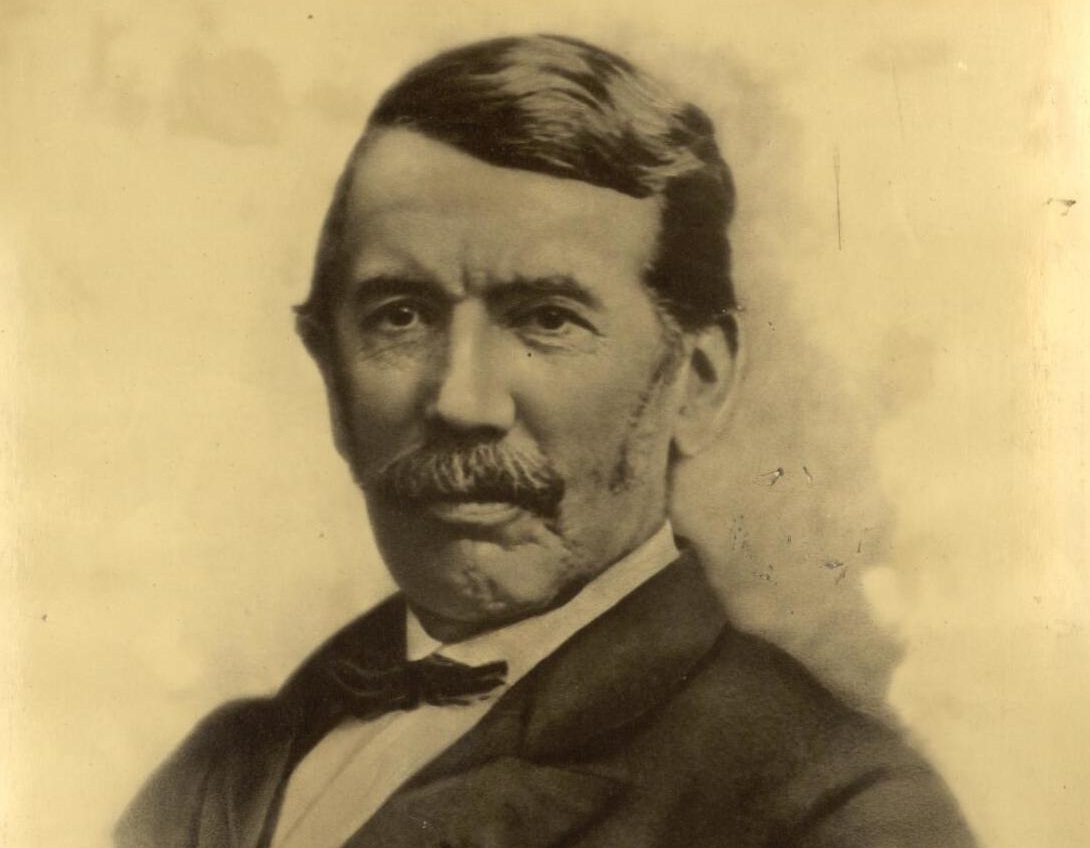 National Library of Wales, Wikimedia Commons
National Library of Wales, Wikimedia Commons
He Began Working At The Age Of 10
At the shockingly young age of 10, Livingstone began toiling at a local cotton mill to help rake in some extra dough for his struggling family. Of course, this was no easy job for a child. He worked excruciatingly long hours as a piecer alongside his brother—and by the time he was 26, he was a spinner.
Arguably, though, his arduous upbringing helped shape his destiny.
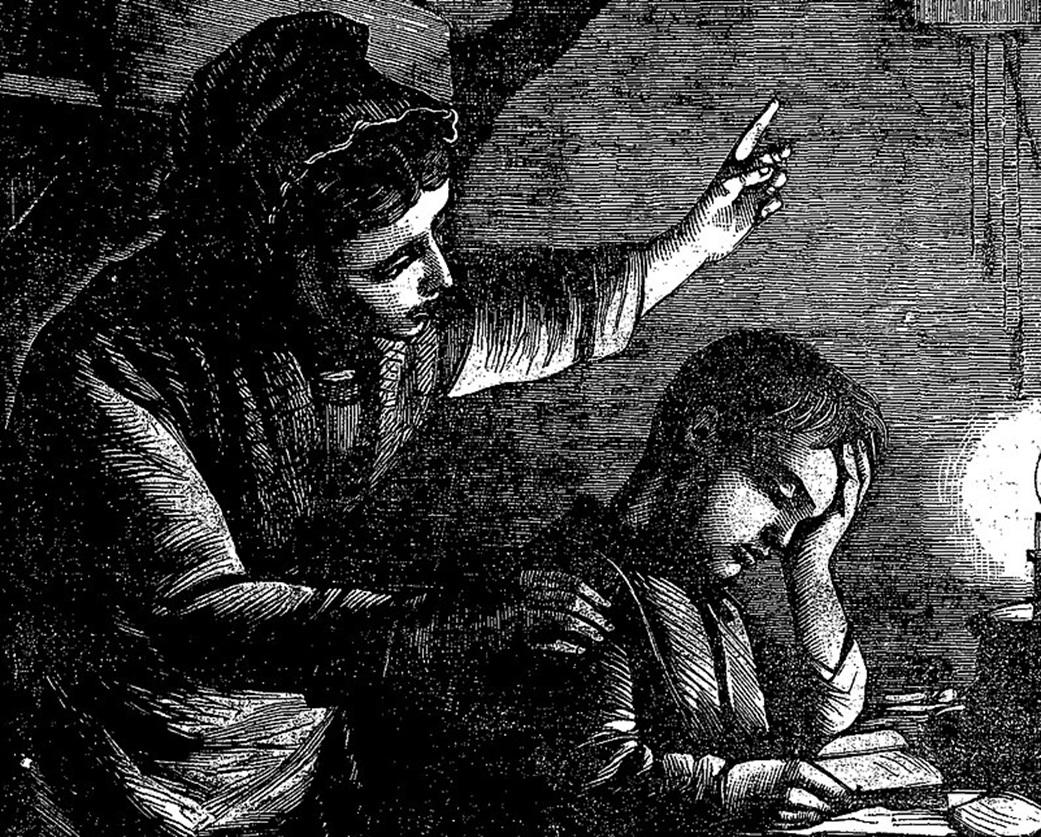 Unknown Author, Wikimedia Commons
Unknown Author, Wikimedia Commons
His Poverty Drove Him Forward
David Livingstone adopted some of the quintessential Scottish values of the time, which included a thirst for knowledge, religious devotion, diligent work, and a deep sense of purpose. Certainly, his many years working in the cotton mill taught him to identify with his fellow man.
However, these weren't the only seeds of his future success.
 Wellcome Images, CC BY 4.0, Wikimedia Commons
Wellcome Images, CC BY 4.0, Wikimedia Commons
He Cultivated A Deep Interest In Both Religion And Science
Livingstone also adopted a love of reading from his father. He devoured—not just books on theology—but also books on science. As a youngster, he spent his free time collecting natural specimens like rocks and plants. This fascinating intersection of religion and science became an important point of interest for him.
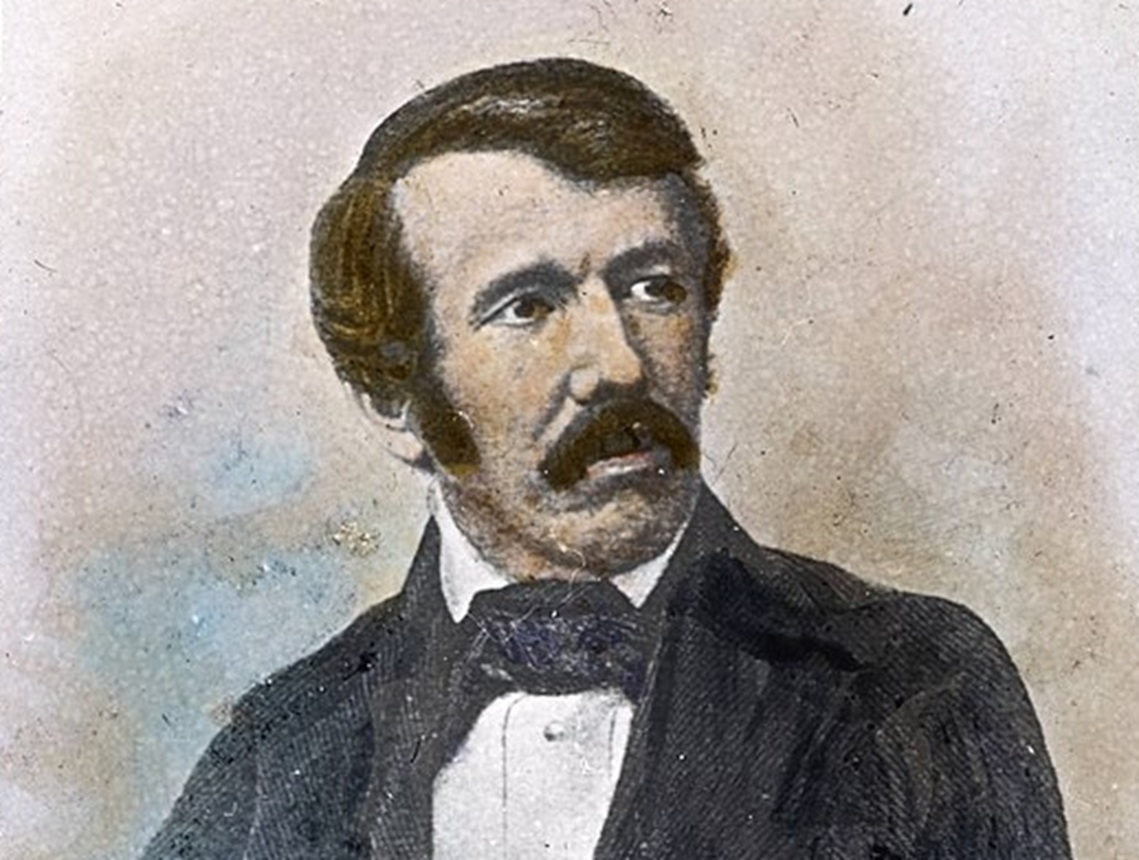 Unknown author, Wikimedia Commons
Unknown author, Wikimedia Commons
He Wanted To Become A Missionary
An enticing piece of news reached Livingstone's ears in 1834. He learned that churches in both Britain and the United States were seeking medical missionaries to travel to China. This lit a fire beneath him—and Livingstone began working toward becoming a missionary himself. This turned out to be a massive undertaking.
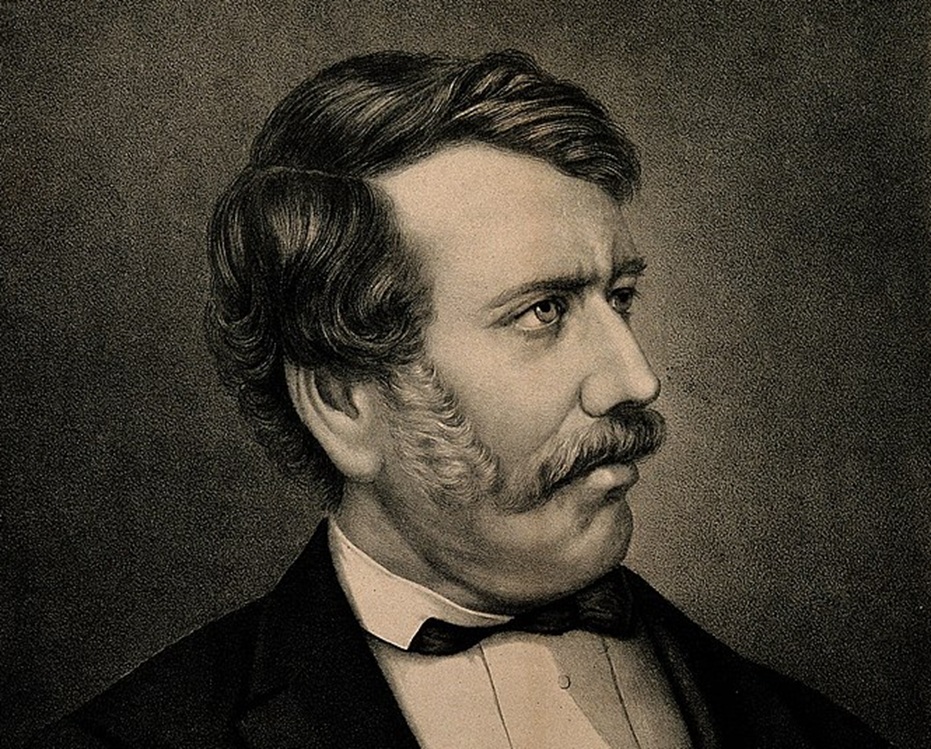 Wellcome Images, CC BY 2.0, Wikimedia Commons
Wellcome Images, CC BY 2.0, Wikimedia Commons
He Studied And Worked At The Same Time
Remember, Livingstone was still putting in some back-breaking work at the cotton mill, and now he had to round out his studies in preparation for missionary work. In Glasgow, he educated himself in the fields of medicine, Greek, and theology. By 1838, he'd earned himself a spot in the London Missionary Society. However, there was just one problem.
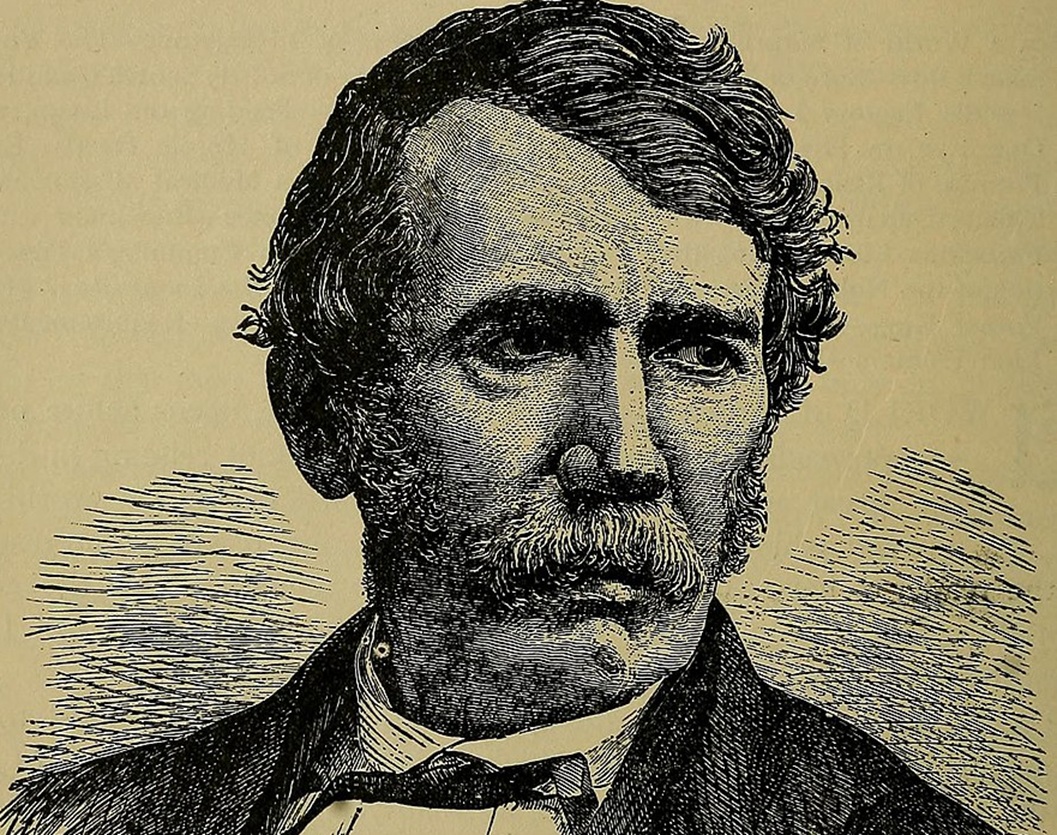 Internet Archive Book Images, Wikimedia Commons
Internet Archive Book Images, Wikimedia Commons
He Had To Rethink His Dreams
By the time Livingstone was rearing to start the missionary chapter of his life, the Opium Wars had begun. This meant that his hopes of working in China were utterly quashed. But this wasn't the end of the road for him. In fact, this unfortunate disappointment steered him straight to where he was meant to be.
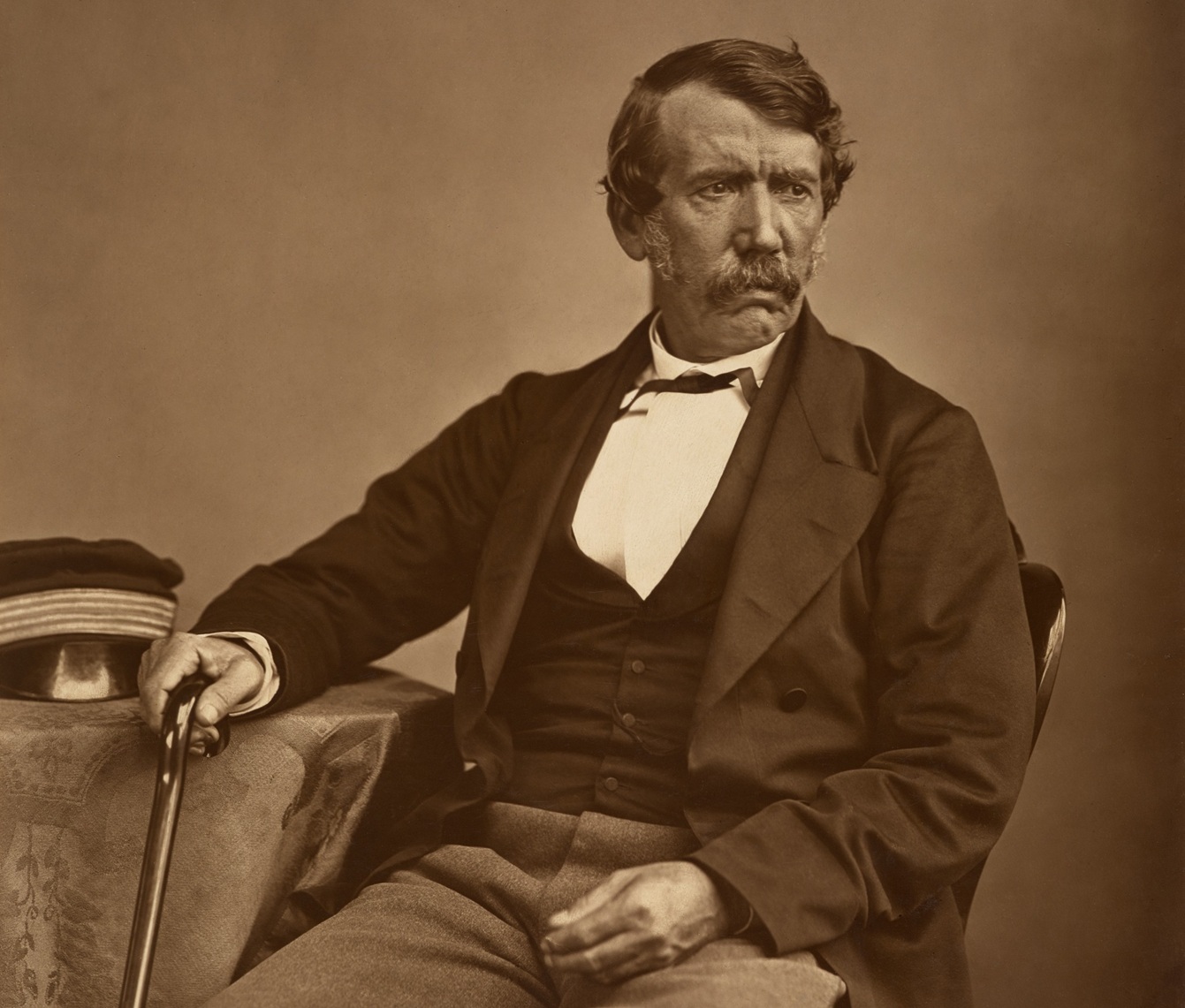 Thomas Annan, Wikimedia Commons
Thomas Annan, Wikimedia Commons
He Set His Sights On Africa
An encounter with another Scottish missionary, Robert Moffat, lit a new way forward for Livingstone. Instead of dreaming of China, his ambitions shifted to a new destination—Africa.
 Wellcome Images, CC BY 4.0, Wikimedia Commons
Wellcome Images, CC BY 4.0, Wikimedia Commons
He Made The Long Journey
David Livingstone officially became a missionary on November 20, 1840, and the very same year, he began his first major adventure, eventually arriving in Cape Town—today's capital of South Africa.
 Wellcome Images, CC BY 4.0, Wikimedia Commons
Wellcome Images, CC BY 4.0, Wikimedia Commons
He Called The Shots
After arriving in 1841, Livingstone traveled to Kuruman to join Robert Moffat's mission. However, though his work called for him to work with others, he still moved to the beat of his own drum. Not long after reaching Moffat's mission in July, he made an unprecedented move.
 Horatio Nelson King, CC BY 4.0 , via Wikimedia Commons
Horatio Nelson King, CC BY 4.0 , via Wikimedia Commons
He Went Further Than Ever Before
Livingstone accomplished what no other European had done—traveling deeper into the Kalahari country than ever before. He decided to travel northward, in the hopes of finding more densely populated areas that promised to be rich in converts.
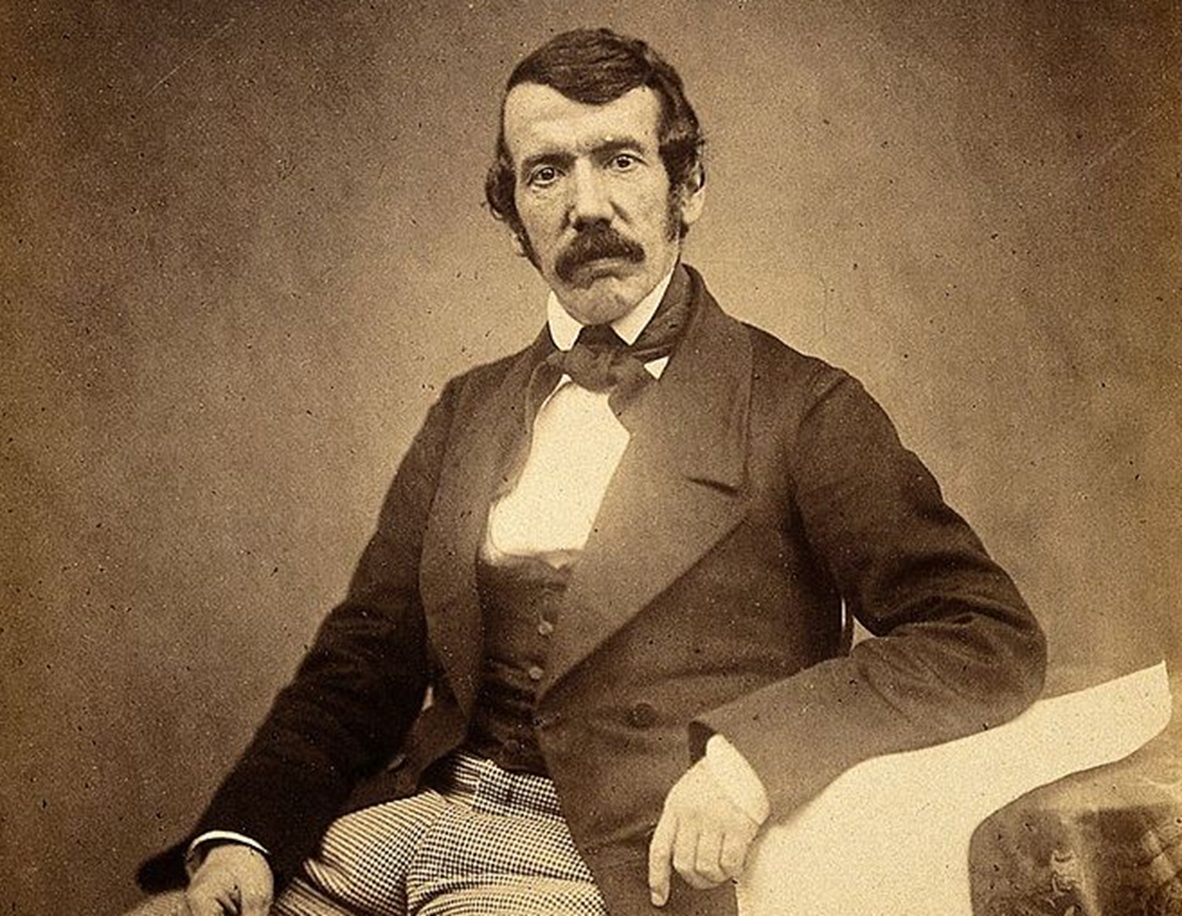 Wellcome Images, CC BY 4.0, Wikimedia Commons
Wellcome Images, CC BY 4.0, Wikimedia Commons
He Wanted To Reach As Many People As He Could
Livingstone knew that it would be exponentially easier to spread the Gospel by word of mouth—or with the help of "native agents". This also meant that he had to steep himself in the local cultures and learn their languages.
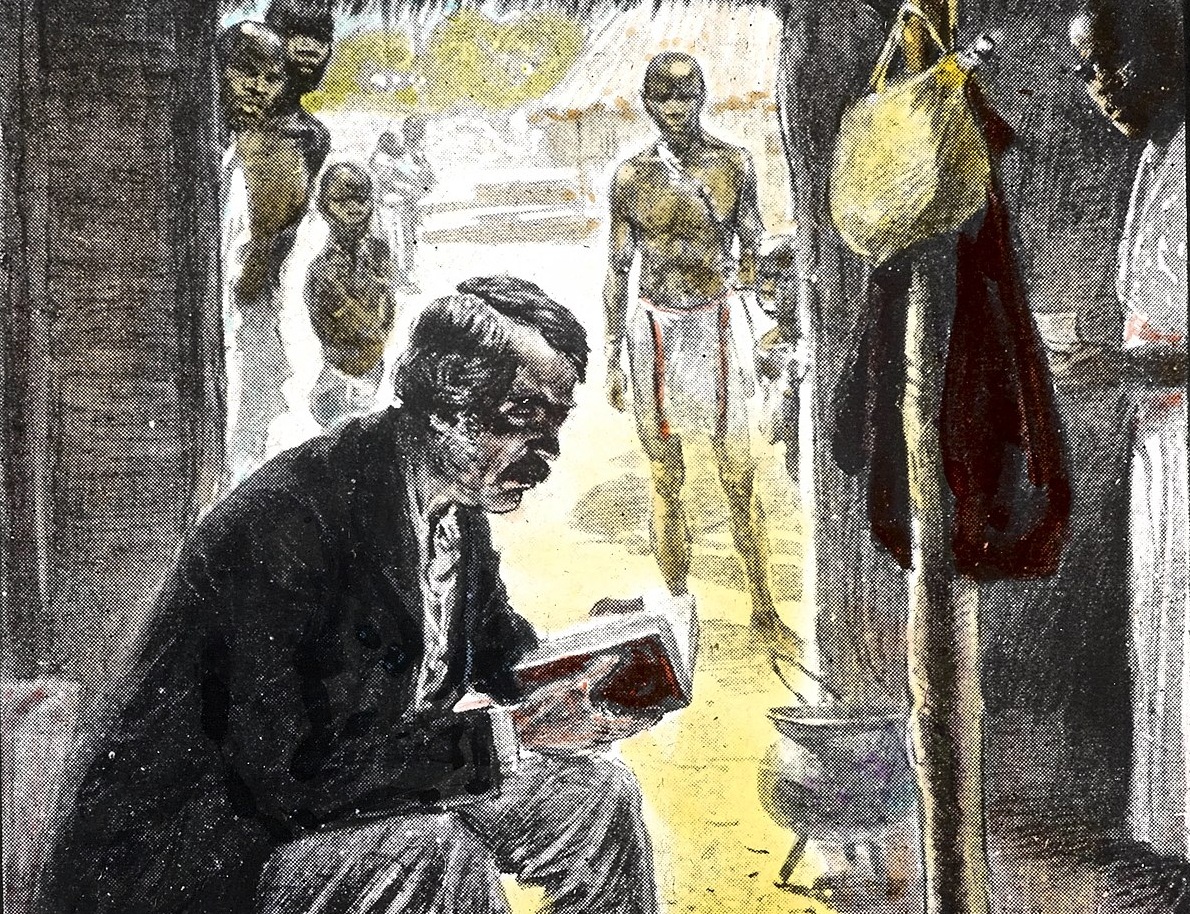 Unknown Author, Wikimedia Commons
Unknown Author, Wikimedia Commons
He Reunited With The Moffats
1844 proved to be a very dramatic year for Livingstone. At the start of it, he reunited with the Moffat family, traveling with them by ox-cart back to Kuruman. The journey took about 17 to 18 days, and during this extended time, Livingstone also had a fateful encounter.
He Met His Future Wife
Though Livingstone was already very familiar with the Moffats, he had yet to meet their daughter Mary until he undertook this lengthy trip with them. For the most part, Mary had spent her youth at the Kuruman mission. Therefore, the missionary lifestyle was already in her blood by the time she encountered Livingstone—her future husband.
However, the very next month, Livingstone endured his first real-life nightmare.
His Work Was Dangerous
That February, Livingstone was in the Mabotsa region with the intention of setting up a mission station, but there was a common threat in the area: lions. These terrifying predators were known to go after the locals' animals—and on one chilling occasion, Livingstone found himself caught up in a rather bloody ordeal.
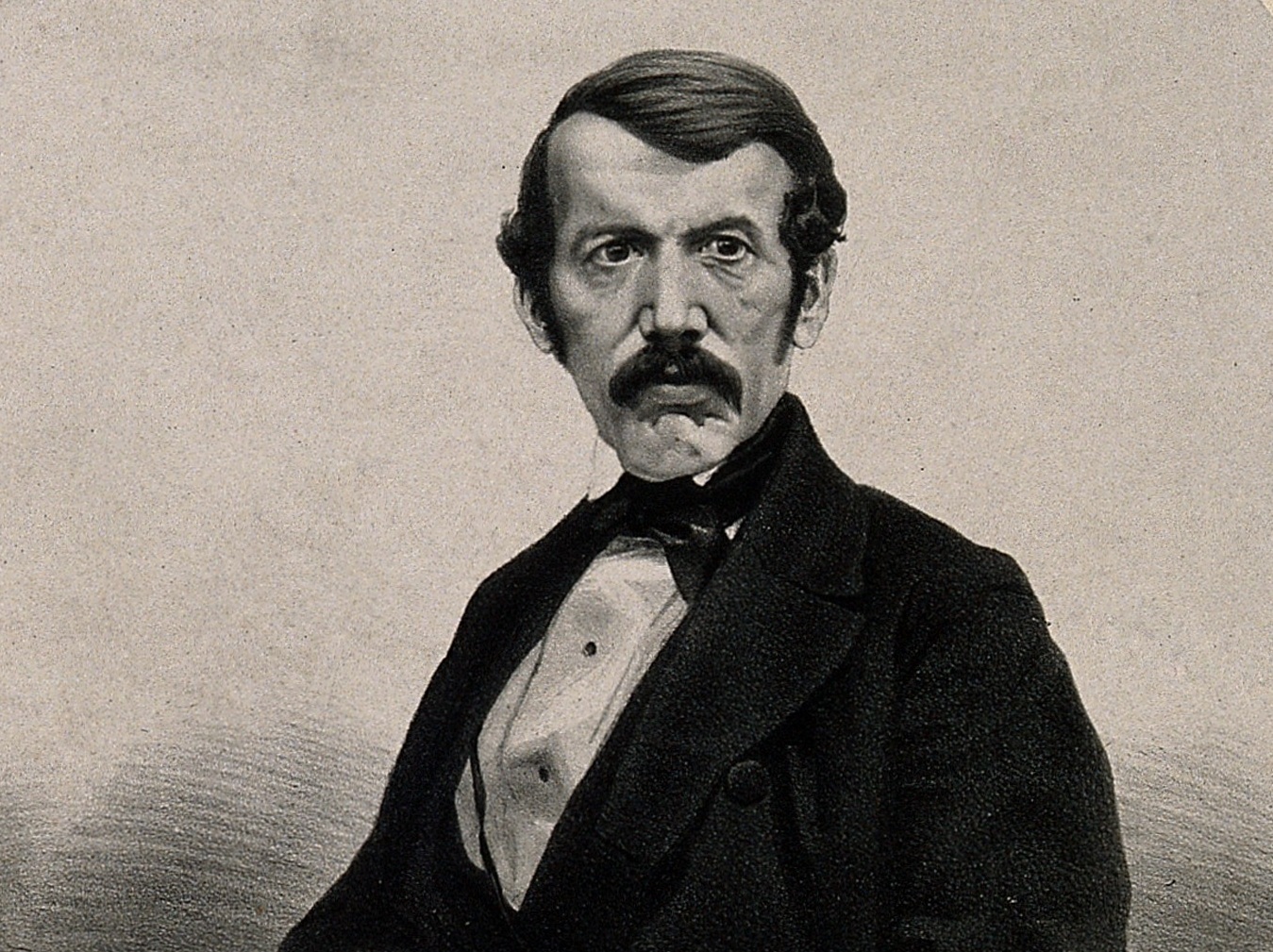 Wellcome Images, CC BY 2.0, Wikimedia Commons
Wellcome Images, CC BY 2.0, Wikimedia Commons
A Lion Attacked Him
When a lion threatened some of the villagers' sheep, Livingstone made the heroic move to protect them. He intended to fire at the fierce animal—but when he stopped to re-load, it attacked him with a vengeance.
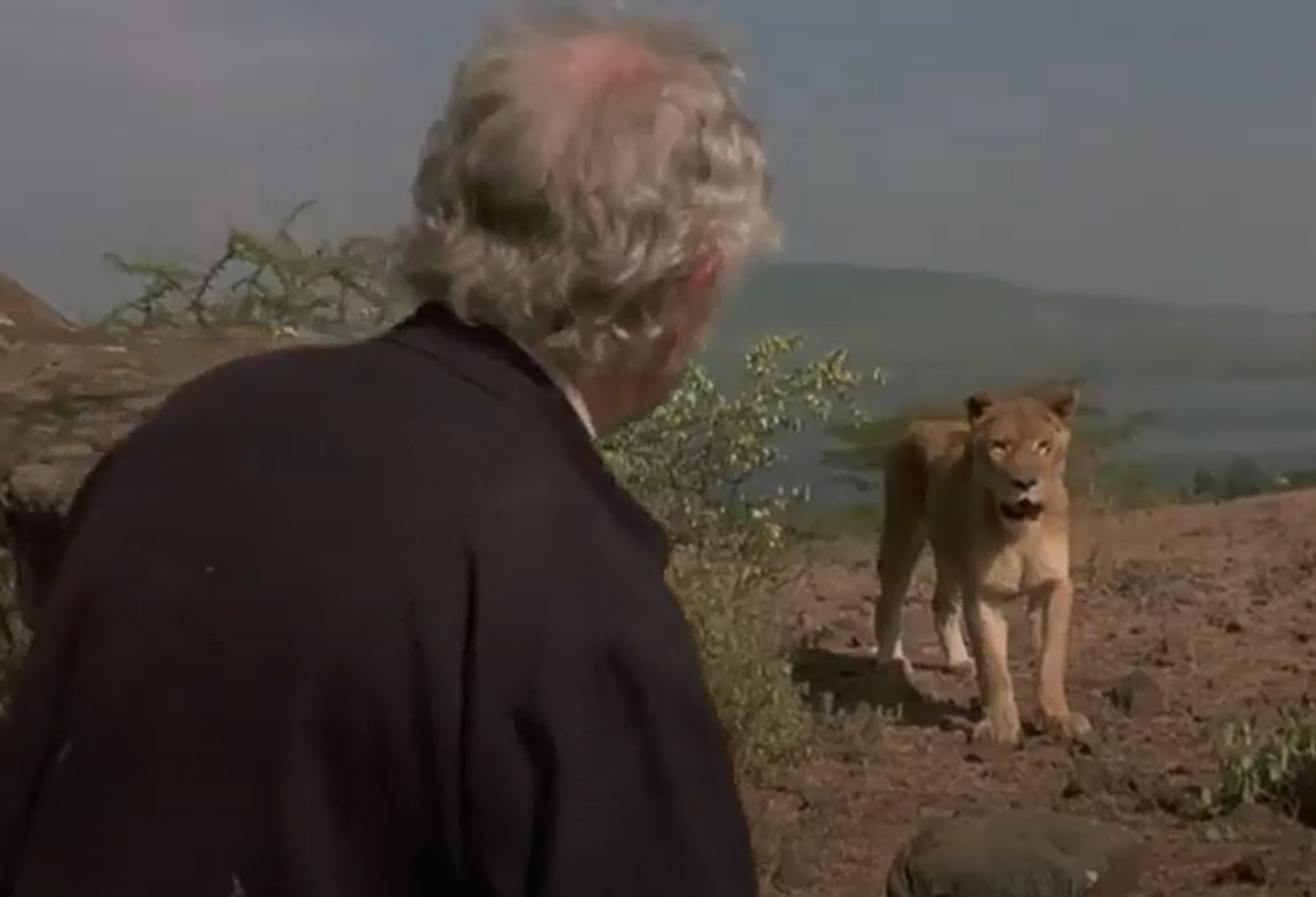 National Geographic, Forbidden Territory: Stanley's Search for Livingstone (1997)
National Geographic, Forbidden Territory: Stanley's Search for Livingstone (1997)
He Had A Guardian Angel
It was a near-fatal experience for the missionary—the lion breaking Livingstone's arm and knocking him down. Thankfully, an African deacon named Mebalwe became his guardian angel. Mebalwe managed to distract the lion, diverting its attention away from Livingstone, but he too sustained injuries.
In the end, the lion perished, but it was a horrifying close call for Livingstone. He also had to suffer the consequences.
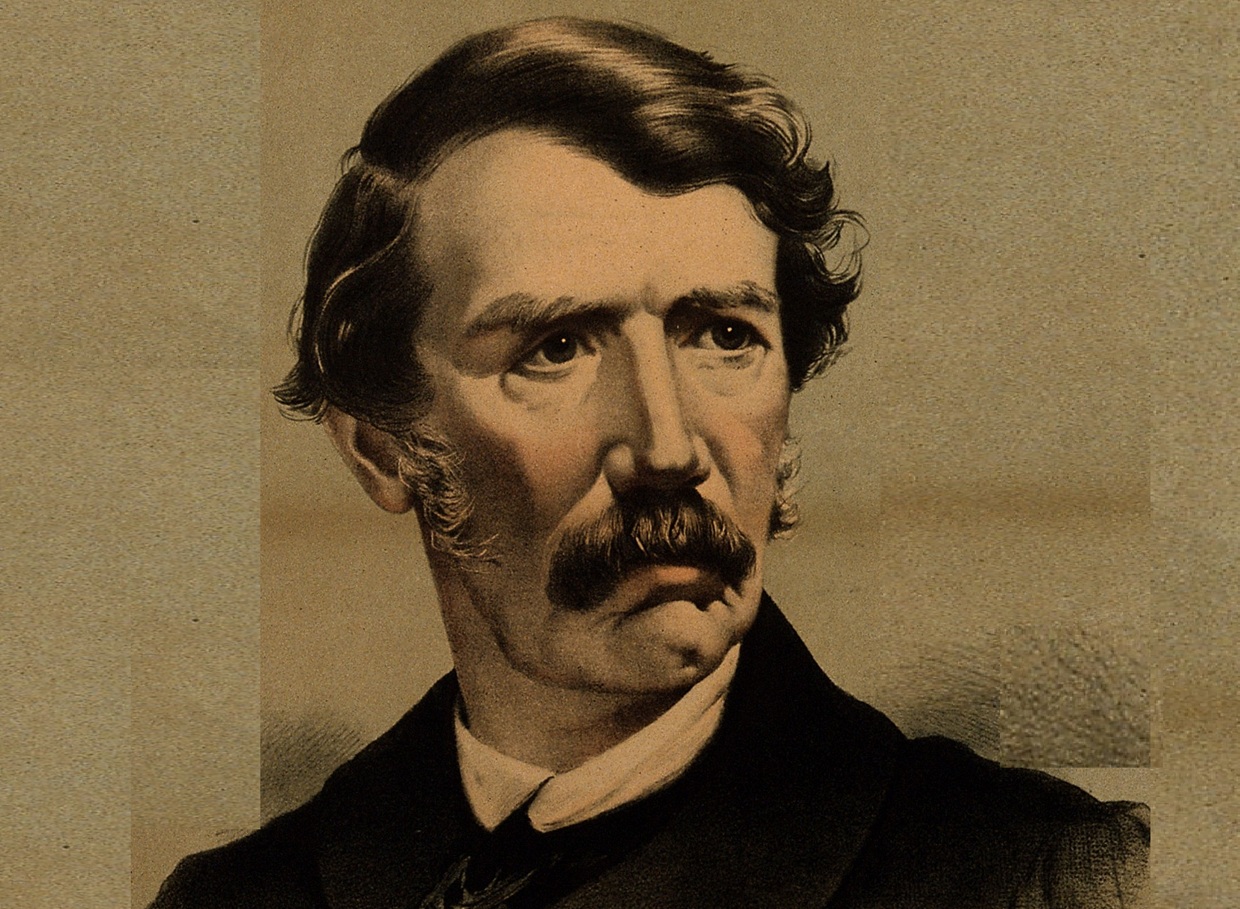 Wellcome Images, CC BY 2.0, Wikimedia Commons
Wellcome Images, CC BY 2.0, Wikimedia Commons
His Arm Didn't Heal Properly
The lion had significantly mangled Livingstone's left arm, and it didn't quite get the medical attention it needed. It certainly was improperly set and healed as such. He eventually had to learn to shoot in a new way and—considering he could no longer raise his arm above his shoulder—he felt the effects of the injury throughout his life.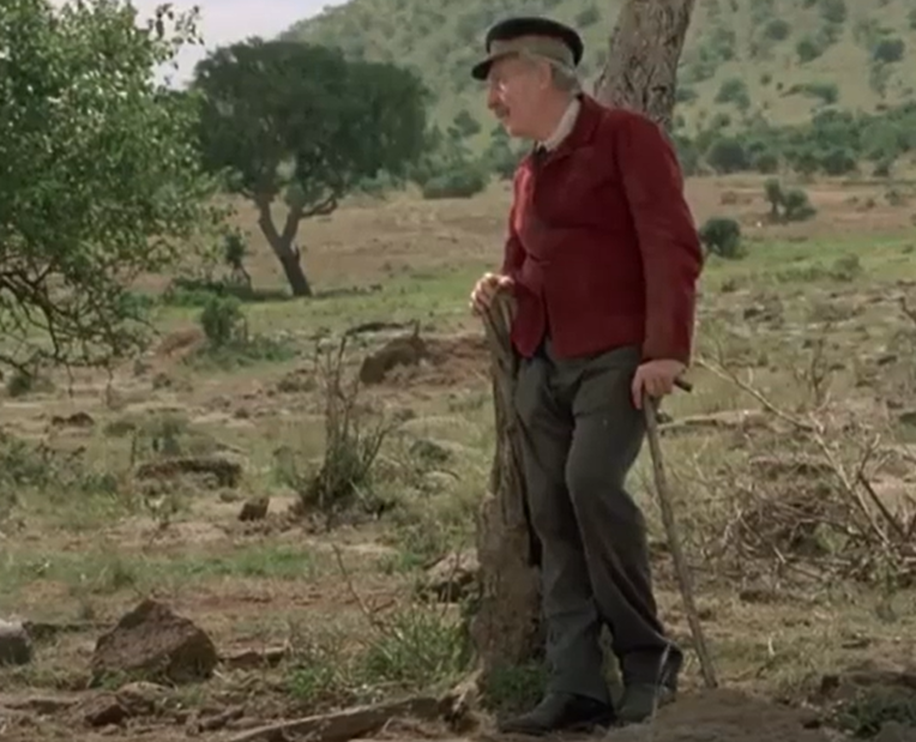 National Geographic, Forbidden Territory: Stanley's Search for Livingstone (1997)
National Geographic, Forbidden Territory: Stanley's Search for Livingstone (1997)
He Drew Closer To Mary
After his scary encounter with the lion, Livingstone fell into the comforting bubble of Mary Moffat's care, who helped nurse him back to health. The two became engaged and married at the beginning of 1845.
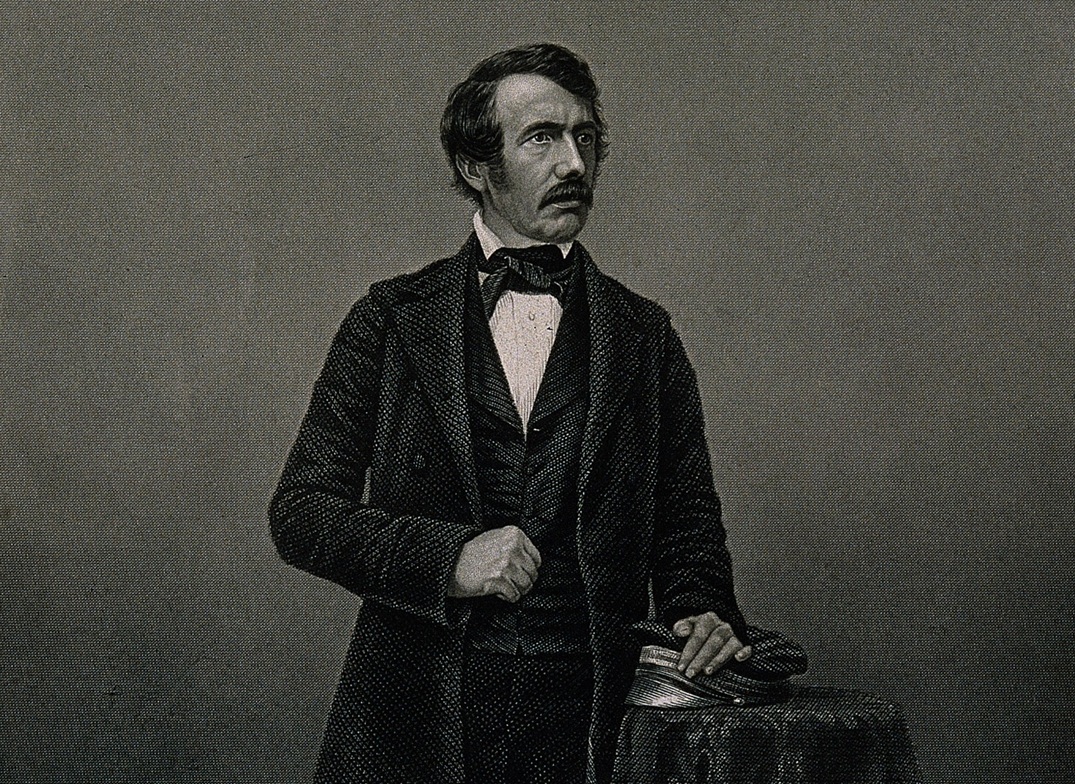 Wellcome Images, CC BY 4.0, Wikimedia Commons
Wellcome Images, CC BY 4.0, Wikimedia Commons
He Had To Abandon His Mission
Missionary work was not always easy for Livingstone. The same year he wed Mary, he ran into some serious trouble at his Mabotsa mission—for multiple reasons. Firstly, he'd begun to clash with another missionary. And secondly, the people were just not receptive to learning the Gospel. From there, his trouble only continued.
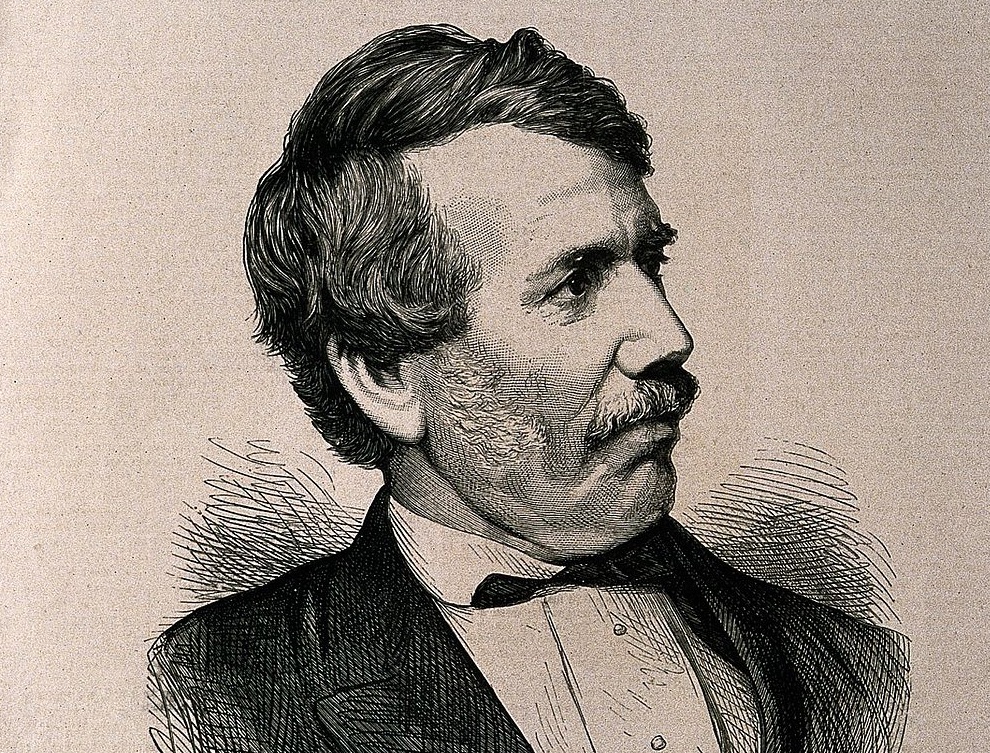 Wellcome Images, CC BY 4.0, Wikimedia Commons
Wellcome Images, CC BY 4.0, Wikimedia Commons
His Wife Traveled With Him
For the next few years, Livingstone struggled to gain traction, and wound up leaving his next mission as well. Through all the ups and down, and failed attempts at conversion, Mary remained by his side. By 1852, they'd welcomed four children—but not all was well.
 Wellcome Images, CC BY 4.0, Wikimedia Commons
Wellcome Images, CC BY 4.0, Wikimedia Commons
His Wife's Health Suffered
Though Livingstone's constitution seemed to weather whatever fate threw his way, Mary's health was much weaker. This, in addition to their children's needs, prompted a heart-wrenching yet necessary separation.
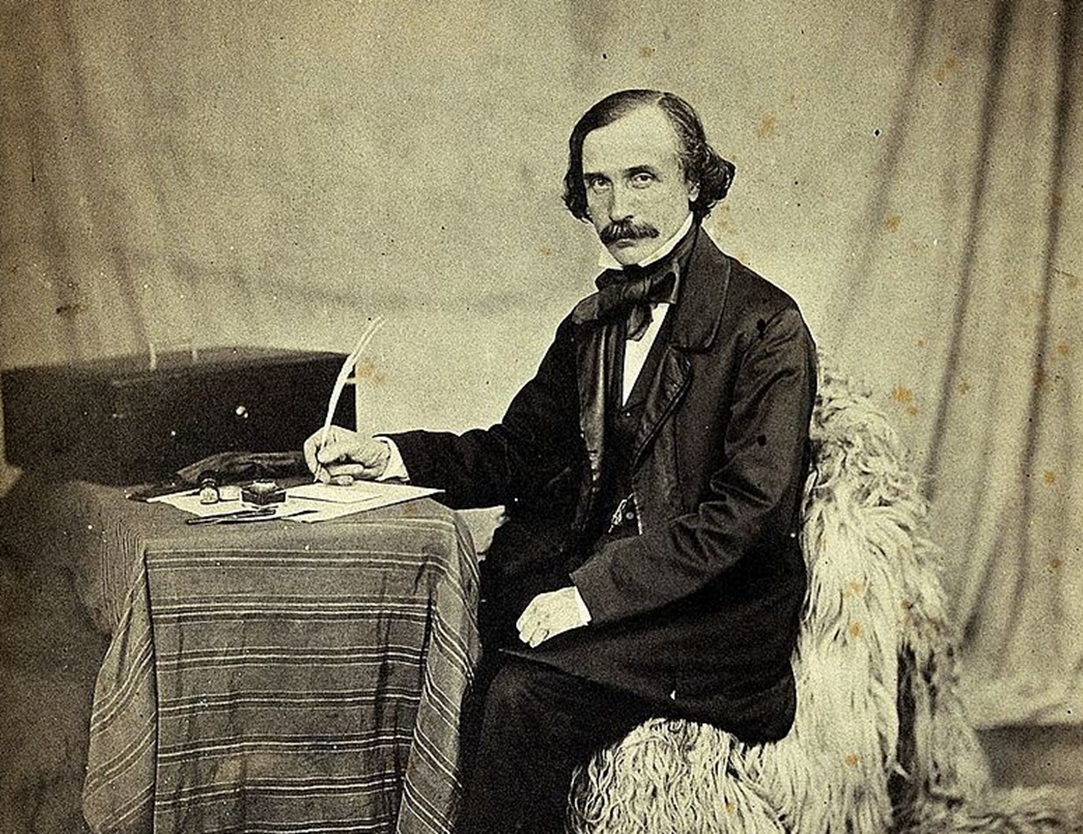 Wellcome Images, CC BY 4.0, Wikimedia Commons
Wellcome Images, CC BY 4.0, Wikimedia Commons
His Family Returned To Britain
While Livingstone remained in Africa, he had to bid goodbye to his family, who traveled back to Britain. By this time, however, he'd managed to make a name for himself.
 Wellcome Images, CC BY 4.0, Wikimedia Commons
Wellcome Images, CC BY 4.0, Wikimedia Commons
He Won Awards For His Work
Struggles aside, Livingstone certainly had a small claim to fame as both a scientist and surveyor. He also became the first European to see Lake Ngami—a feat accomplished back in 1849. As a result, the British Royal Geographical Society rewarded him for his work and pushed him to keep going. But this was only the beginning.
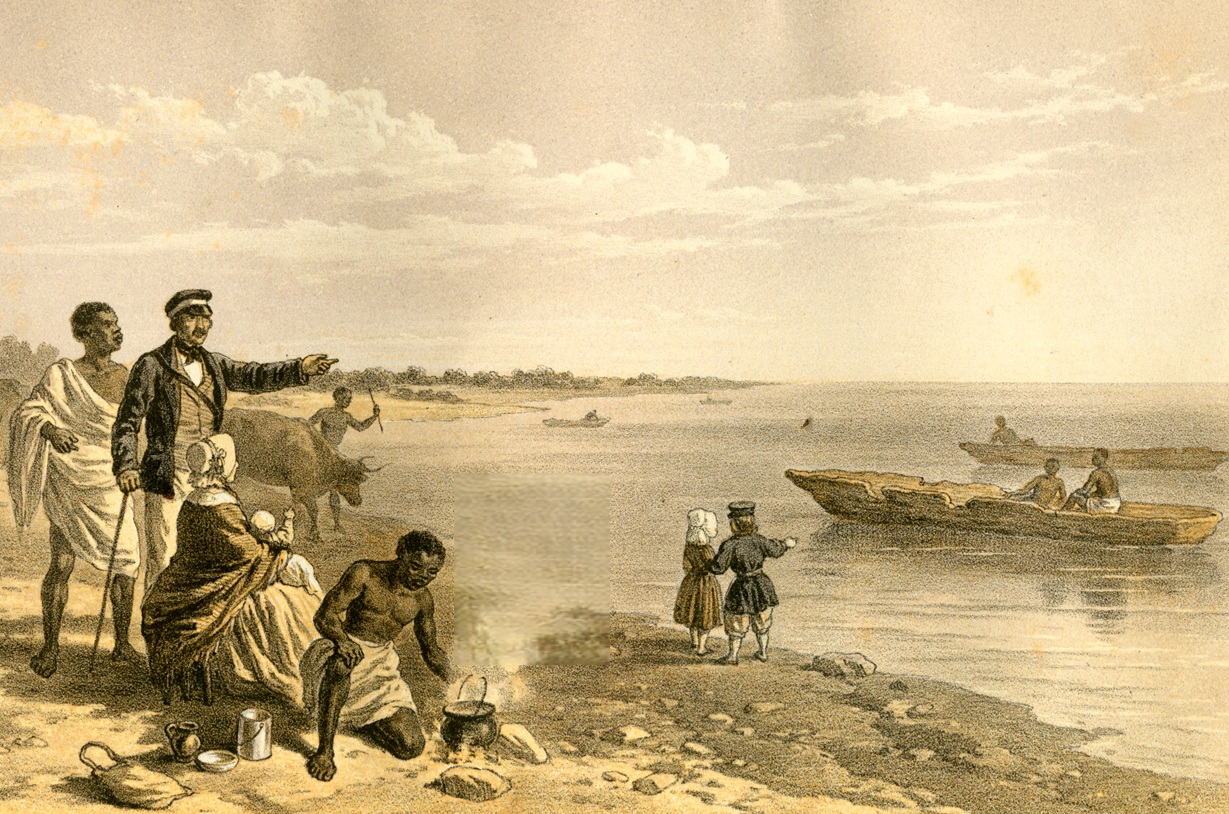 David Livingstone, Wikimedia Commons
David Livingstone, Wikimedia Commons
He Wanted To Open Up Africa
Now on his own again, Livingstone became more determined than ever to travel deeper into Africa. In 1853, he made quite a melodramatic statement, exclaiming, "I shall open up a path into the interior, or perish". Nearing the end of that year, he set out with a small group of Africans to make good on his word.
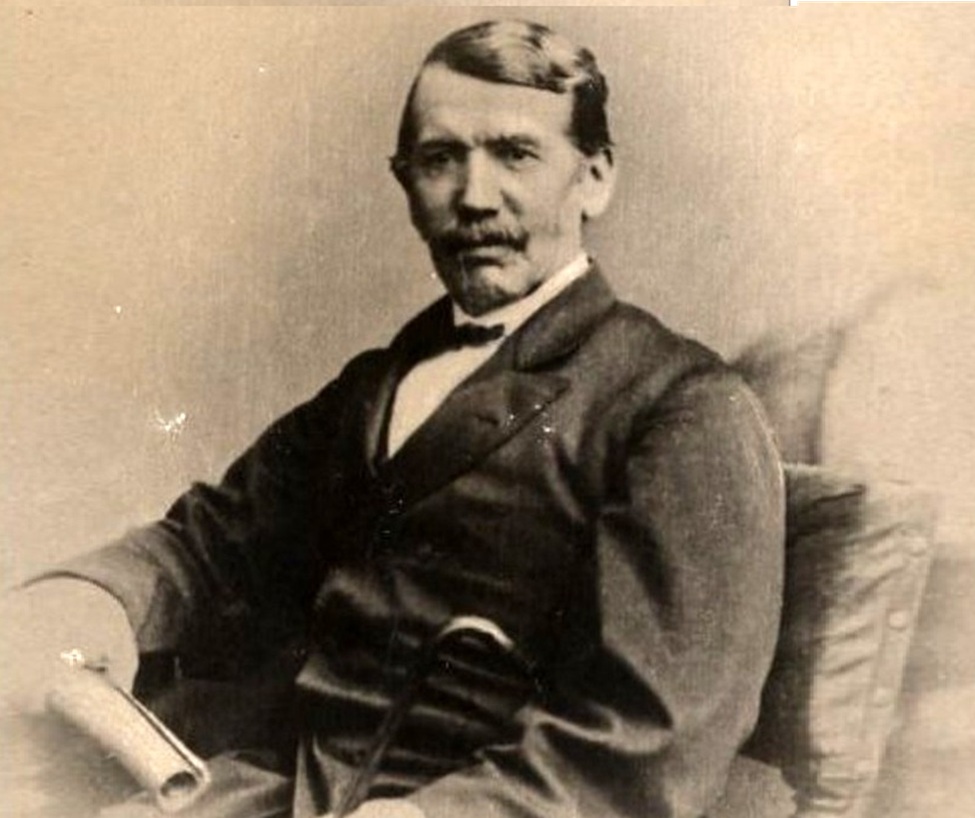 Félix Potin et Cie, Wikimedia Commons
Félix Potin et Cie, Wikimedia Commons
He Wanted To Find A Special Route
Livingstone had a particular goal in mind with this expedition. He specifically wanted to discover a safer, beneficial route leading to the Atlantic coast. He believed that such a route would allow for better commerce, as well as hinder the abhorred slave trade. But this would prove easier said than done.
 Wellcome Images, CC BY 4.0, Wikimedia Commons
Wellcome Images, CC BY 4.0, Wikimedia Commons
The Journey Almost Destroyed Him
Livingstone became dangerously ill on this journey, almost succumbing to a high fever. After reaching Luanda in May 1854, he had a disheartening revelation: The route was far too perilous to be used by traders. But not all was lost. He still had the Zambezi River to explore.
After regaining his health, Livingstone prepared himself for the return journey.
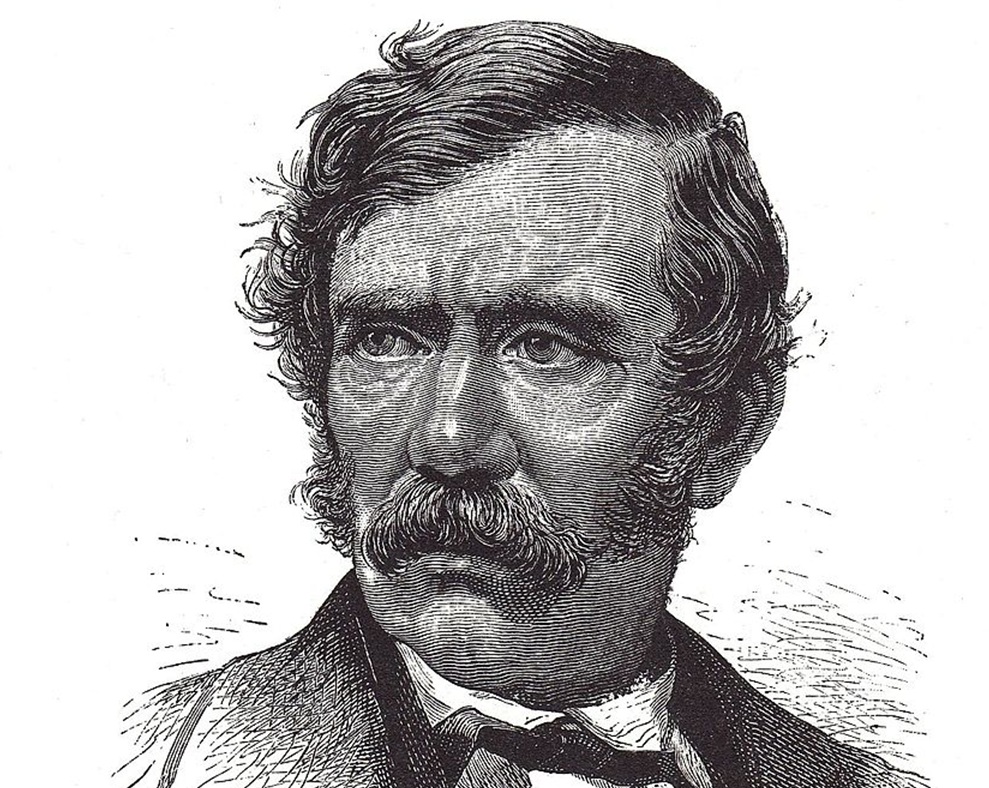 Henri Meyer, Wikimedia Commons
Henri Meyer, Wikimedia Commons
He Named It After His Queen
It took Livingstone a full year to finally reach Linyanti, but his most awe-inspiring experience occurred in 1855. In November of that year, he experienced the Mosi-oa-Tunya waterfall, meaning "the smoke that thunders". As the first European to set eyes on its roiling waters, Livingstone made the predictable decision to honor Queen Victoria and name it Victoria Falls.
Little did he know, his own name had become increasingly well-known throughout Britain.
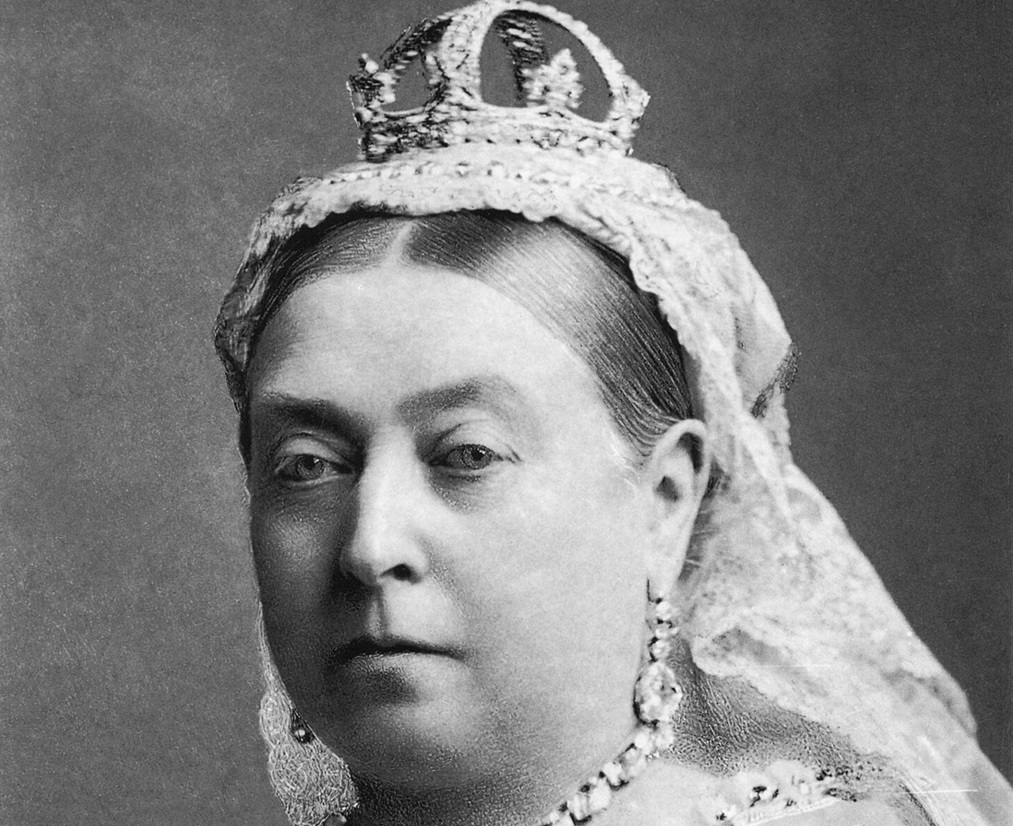 Alexander Bassano, Wikimedia Commons
Alexander Bassano, Wikimedia Commons
He Became A Hero
By the time Livingstone traveled back to Britain in 1856, he'd successfully figured out a route along the Zambezi. Stories about the explorer had been circulating throughout the country, captivating the population and catapulting him to fame—and he certainly reaped the benefits of such glowing adoration.
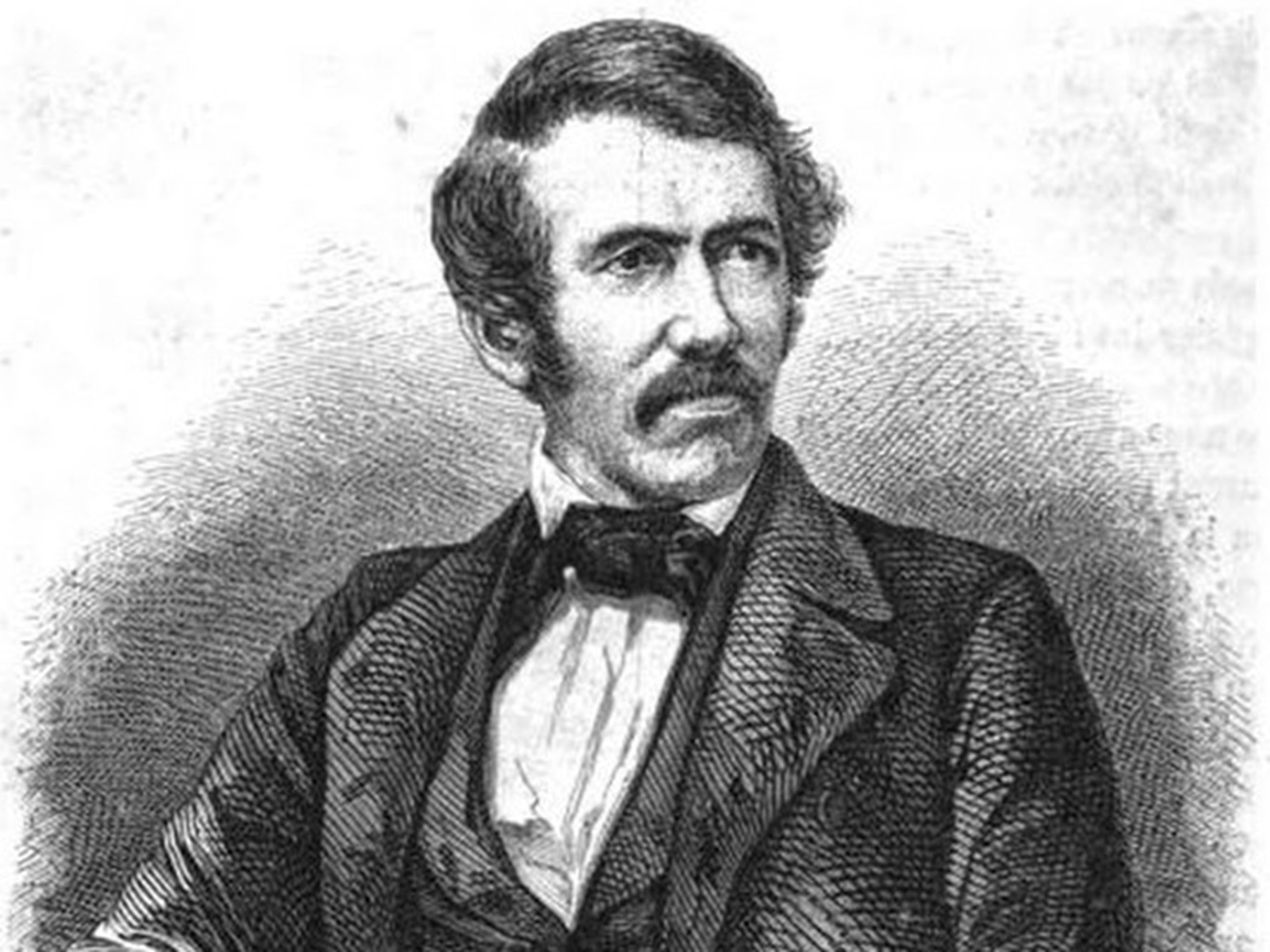 Wellcome Images, CC BY 4.0, Wikimedia Commons
Wellcome Images, CC BY 4.0, Wikimedia Commons
He Published His Travelogue
After returning home, Livingstone put pen to paper and published his experiences in the travelogue, Missionary Travels and Researches in South Africa in 1857. The book reached many avid researchers eager to know more about Livingstone's unique travels, and successfully sold over 70,000 copies. But this was just the tip of the iceberg.
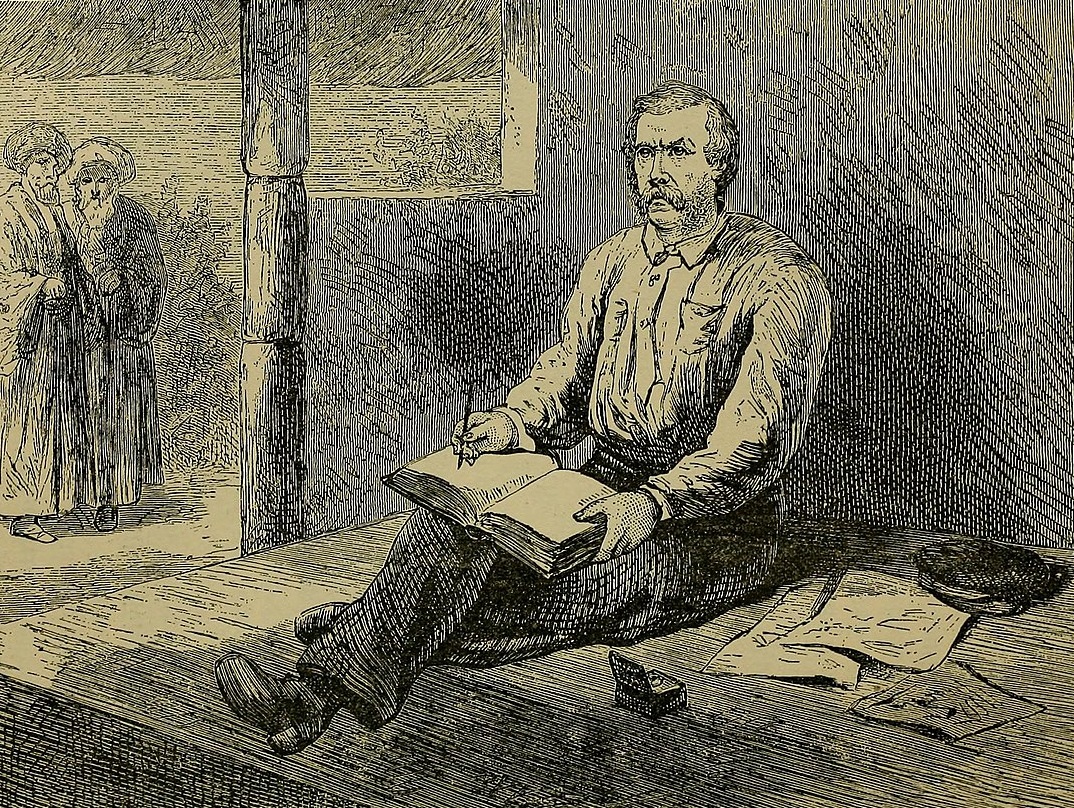 Internet Archive Book Images, Wikimedia Commons
Internet Archive Book Images, Wikimedia Commons
He Became A Rich Man
Livingstone certainly rose up the social ladder thanks to his missionary work—and to his benefit, this came with a heftier pay cheque. His change in circumstances came at just the right time because his wife and children had been living on the brink of destitution. However, he did not take this as a sign to settle down.
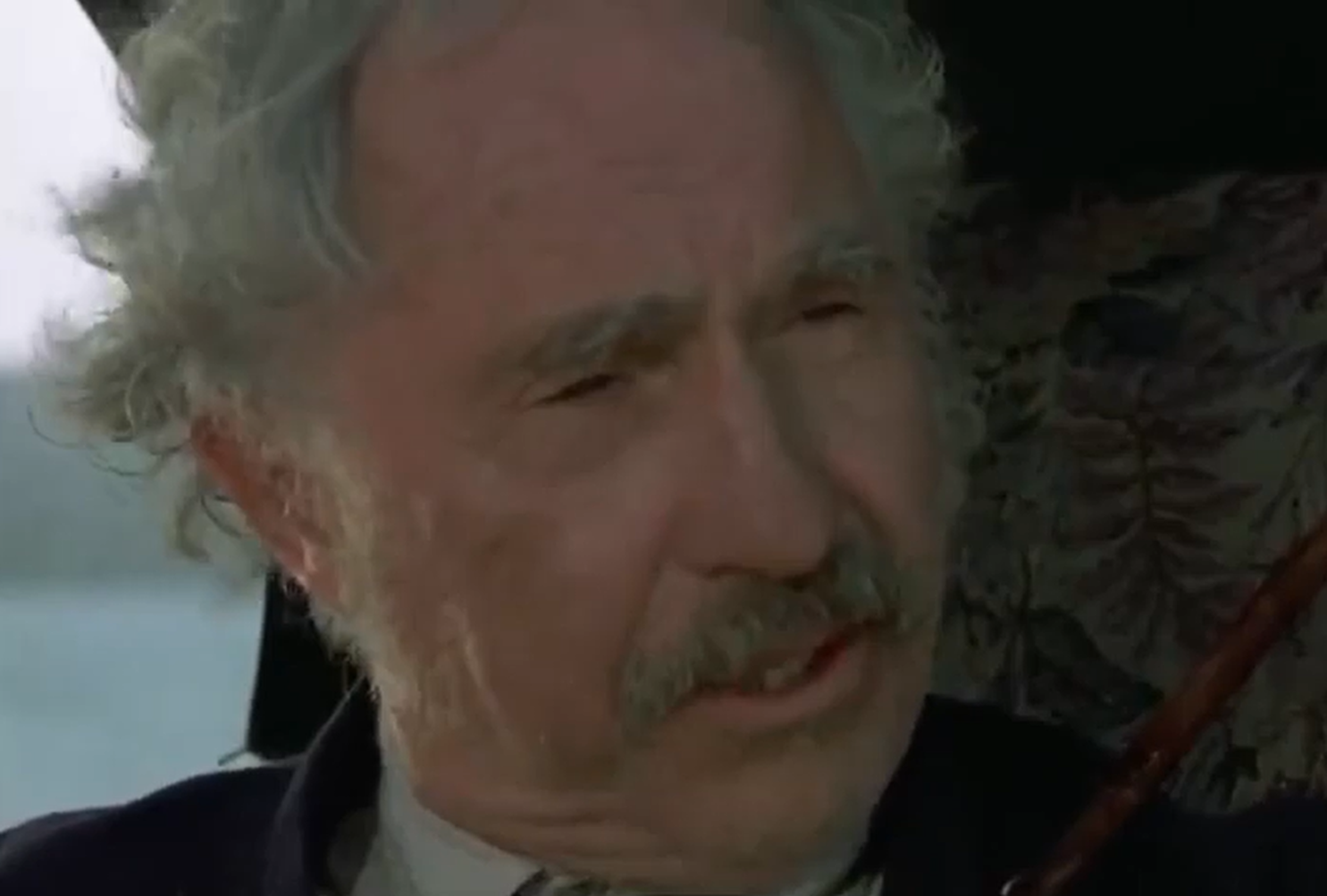 National Geographic, Forbidden Territory: Stanley's Search for Livingstone (1997)
National Geographic, Forbidden Territory: Stanley's Search for Livingstone (1997)
He Returned To Africa
Livingstone didn't stay away from Africa for too long, returning in 1858 for his next expedition—but this time, things would be very different. With a solid reputation to stand on, he now had far more support. It wouldn't just be him against the world.
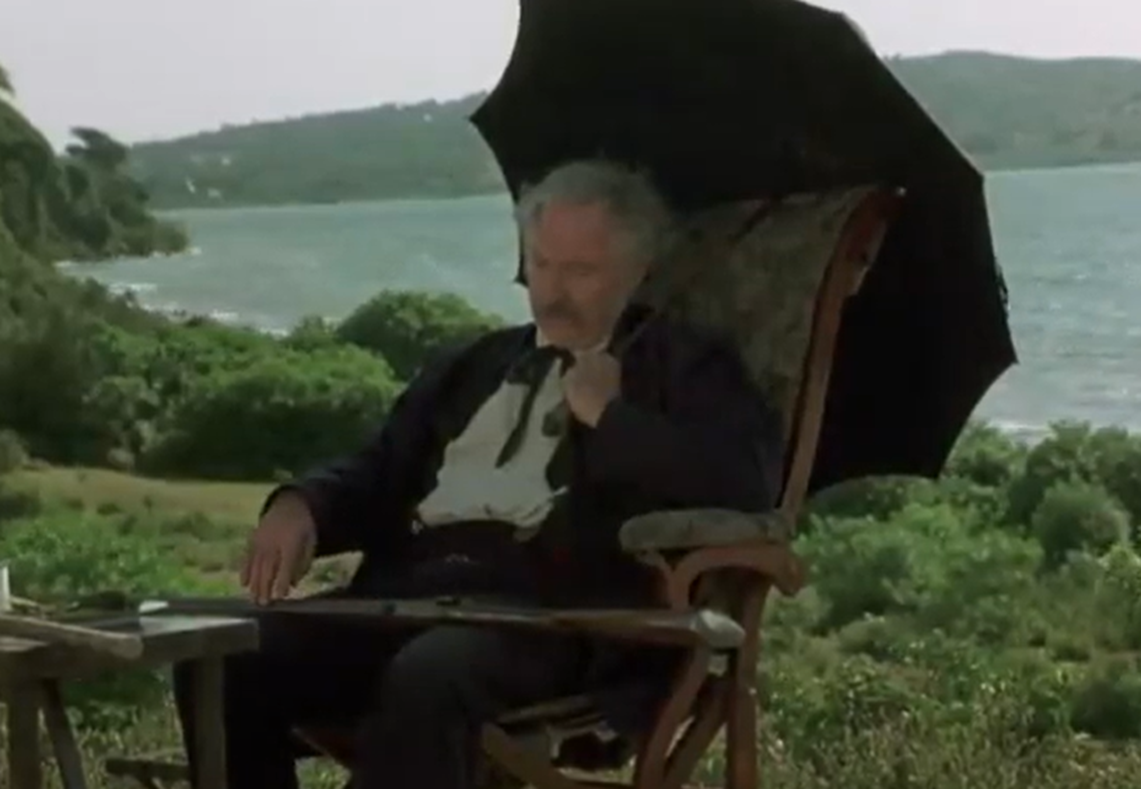 National Geographic, Forbidden Territory: Stanley's Search for Livingstone (1997)
National Geographic, Forbidden Territory: Stanley's Search for Livingstone (1997)
He Traveled With A Bigger Party
Livingstone's expedition now included six European members and 10 African members. They also brought significant provisions and a paddle steamer on their journey. But though it should have been an exciting time, trouble lurked on the horizon.
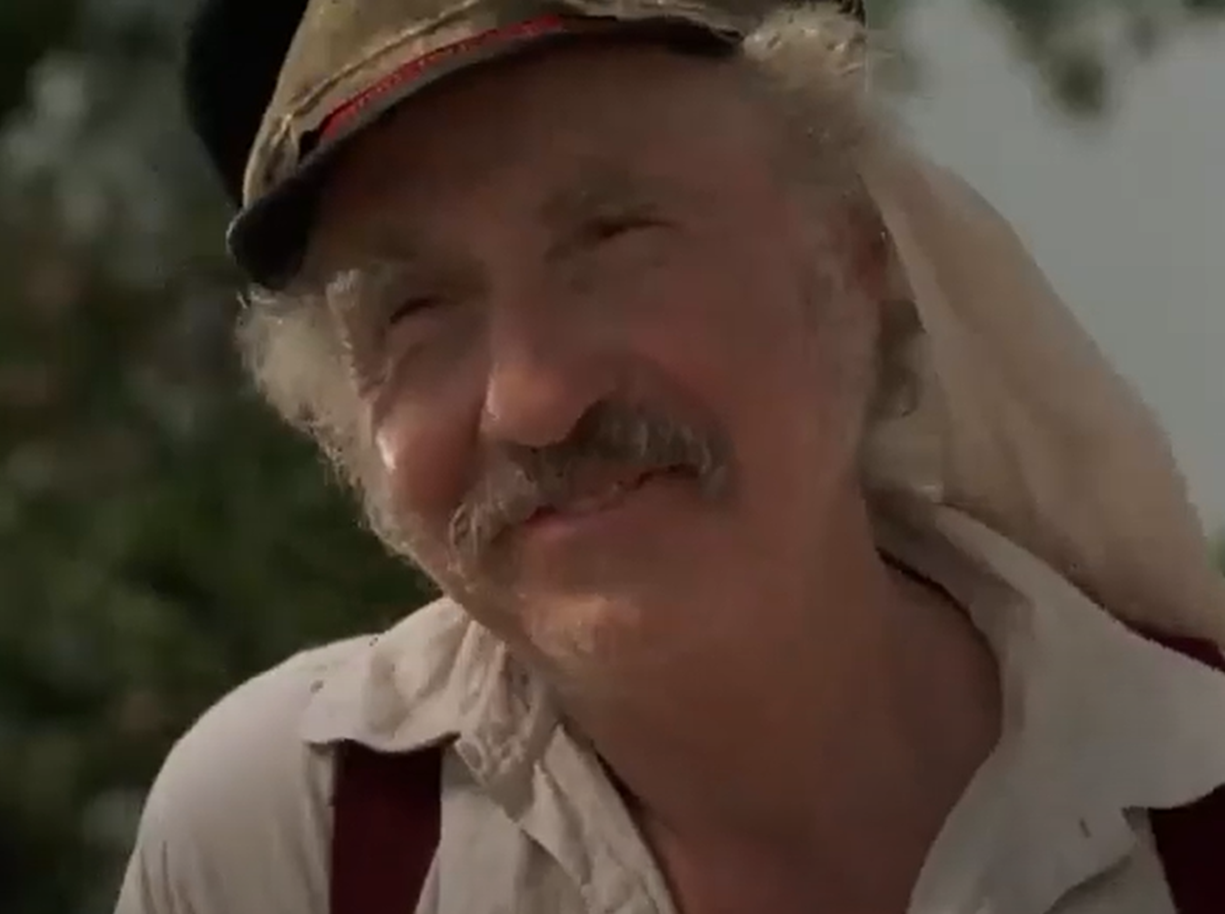 National Geographic, Forbidden Territory: Stanley's Search for Livingstone (1997)
National Geographic, Forbidden Territory: Stanley's Search for Livingstone (1997)
Tensions Ran High
It seems that Livingstone didn't exactly live up to his reputation as a formidable leader. And though the expedition was very organized, discontent swirled among some of the members and some were even kicked out of the group.
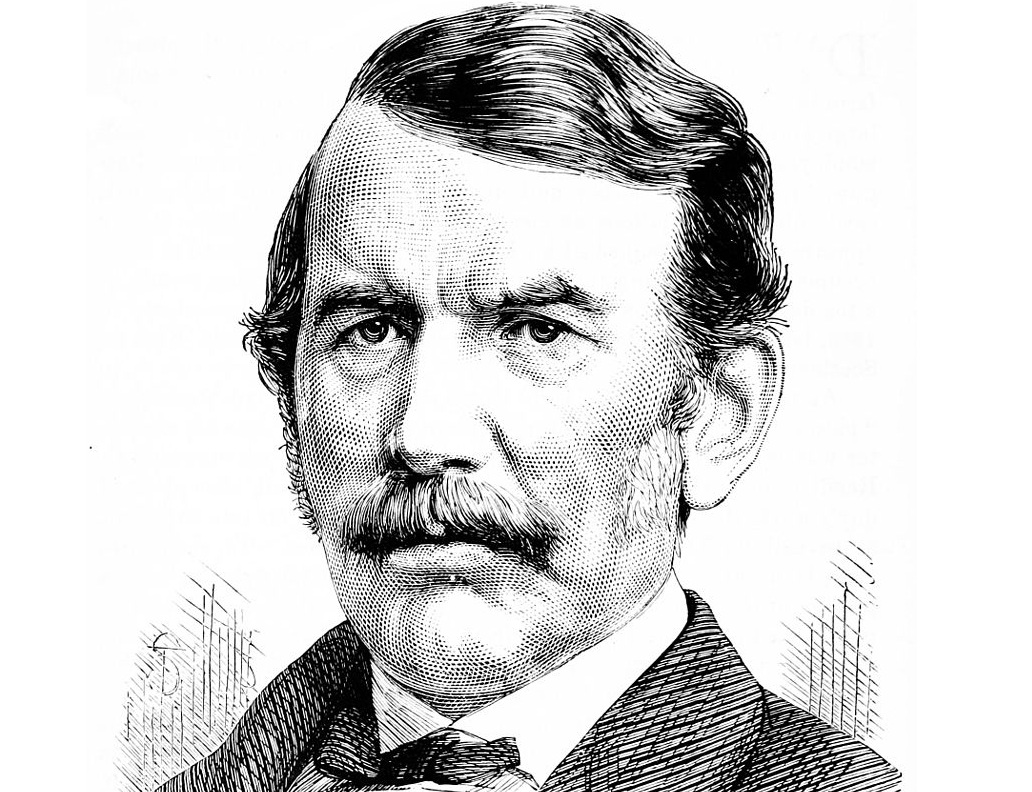 Popular Science Monthly Volume 2, Wikimedia Commons
Popular Science Monthly Volume 2, Wikimedia Commons
It Was Difficult To Navigate Livingstone's Route
Perhaps some of the tensions arose from the many difficulties the party encountered, especially along the Zambezi River, which was especially hard to travel down by boat. But his navigation woes weren't the only curveballs thrown his way.
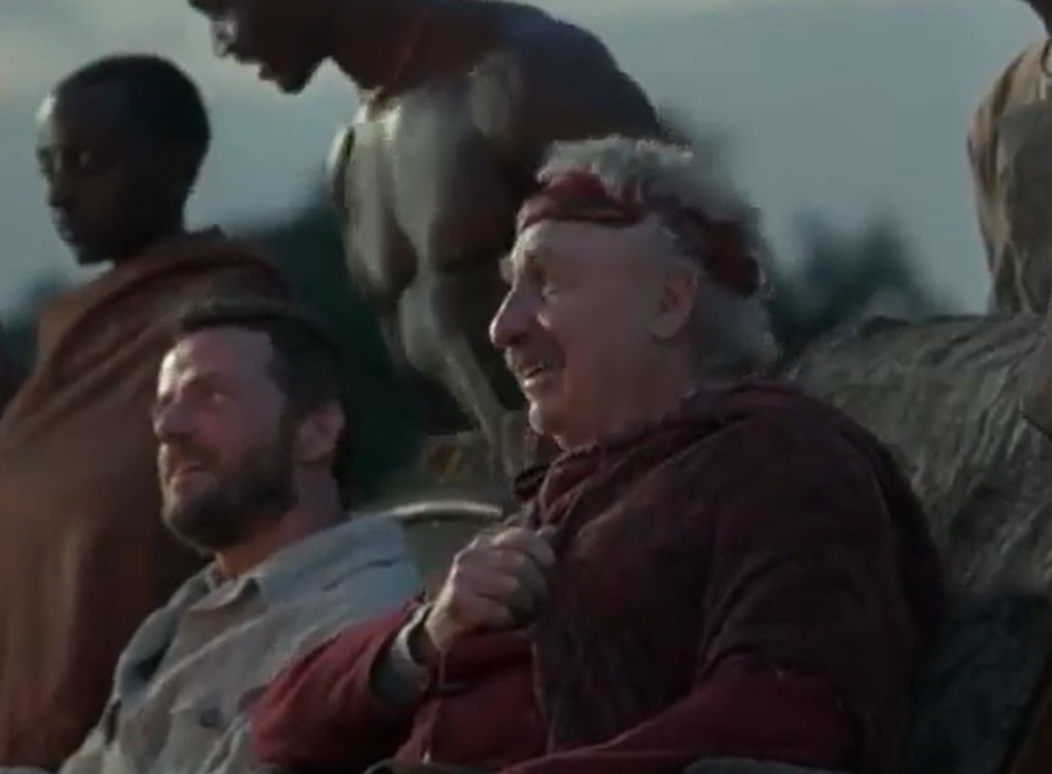 National Geographic, Forbidden Territory: Stanley's Search for Livingstone (1997)
National Geographic, Forbidden Territory: Stanley's Search for Livingstone (1997)
His Wife Wanted To Come With Him
To add insult to injury, fate had a terrible plan in store for him. You see, this time, his wife Mary had decided that she did not want to stay at home and wait for her husband to return—she wanted to go back to Africa with him.
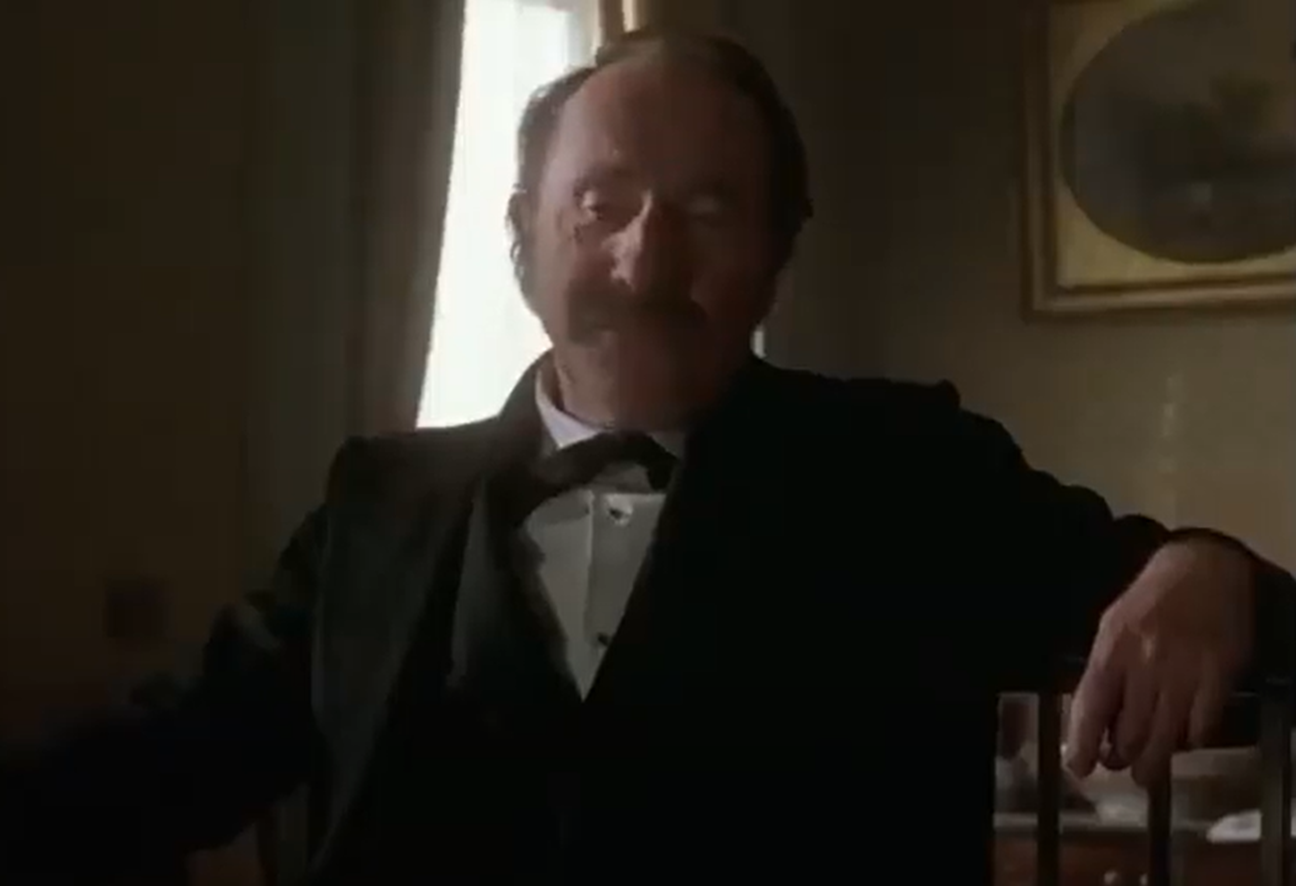 National Geographic, Forbidden Territory: Stanley's Search for Livingstone (1997)
National Geographic, Forbidden Territory: Stanley's Search for Livingstone (1997)
His Wife Became Pregnant With Their Sixth Child
Though Mary did indeed follow her husband back to the continent that called to him so strongly, she quickly became pregnant and had to bow out of the expedition to give birth to their sixth child. Though she eventually returned to Britain, she wasn't content to remain there and eventually resolved to return. But this would prove to be a terrible mistake.
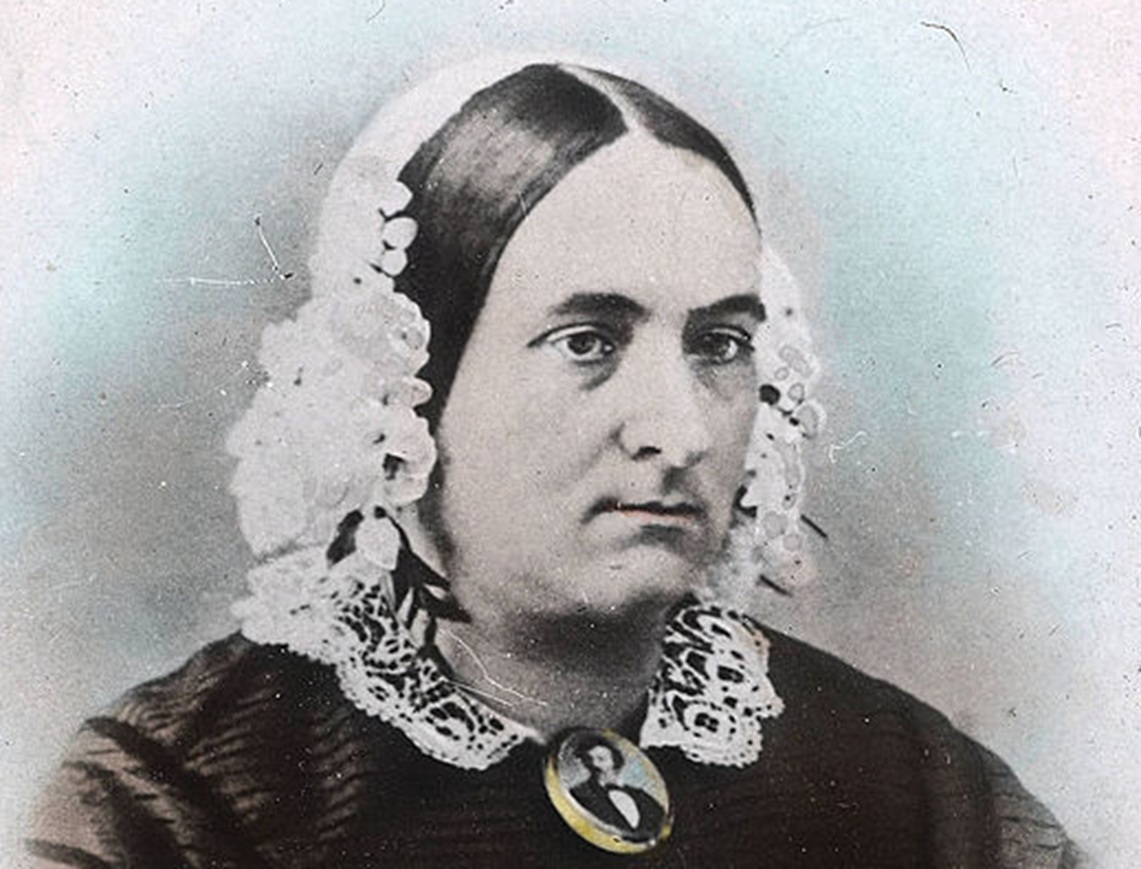 Unknown Author, Wikimedia Commons
Unknown Author, Wikimedia Commons
His Wife Fell Terribly Ill
Mary did indeed reunite with Livingstone at the beginning of 1862. But, as noted previously, Mary's health certainly wasn't as robust as Livingstone's. While at Shupanga, traveling on the Zambezi in 1862, she contracted malaria. Horrifyingly, this would prove to be a death sentence.
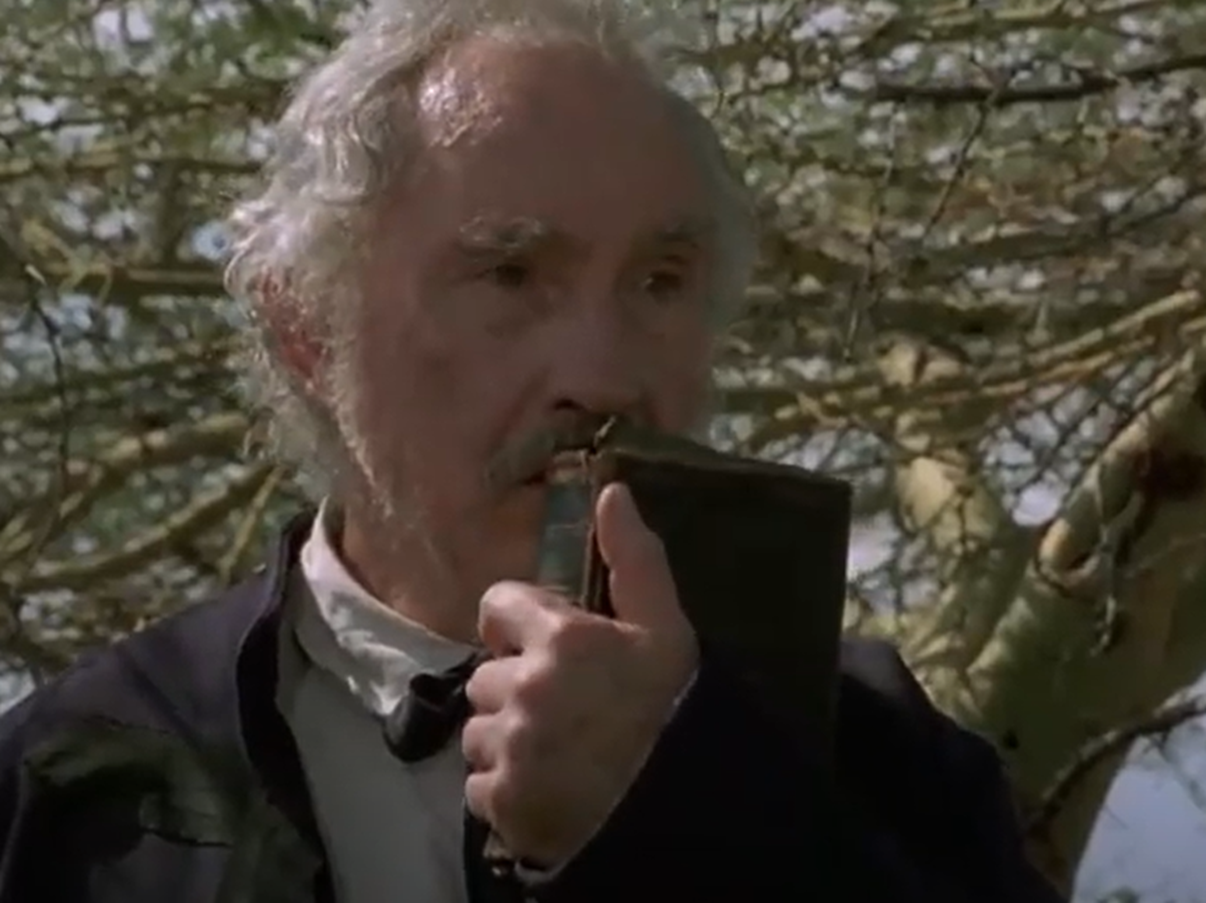 National Geographic, Forbidden Territory: Stanley's Search for Livingstone (1997)
National Geographic, Forbidden Territory: Stanley's Search for Livingstone (1997)
He Tried To Save Her
Though Livingstone tried his best to tend to his ailing wife, Mary's condition quickly deteriorated. There was nothing he could do, and she sadly passed on April 27. But this wasn't the only personal tragedy to befall Livingstone.
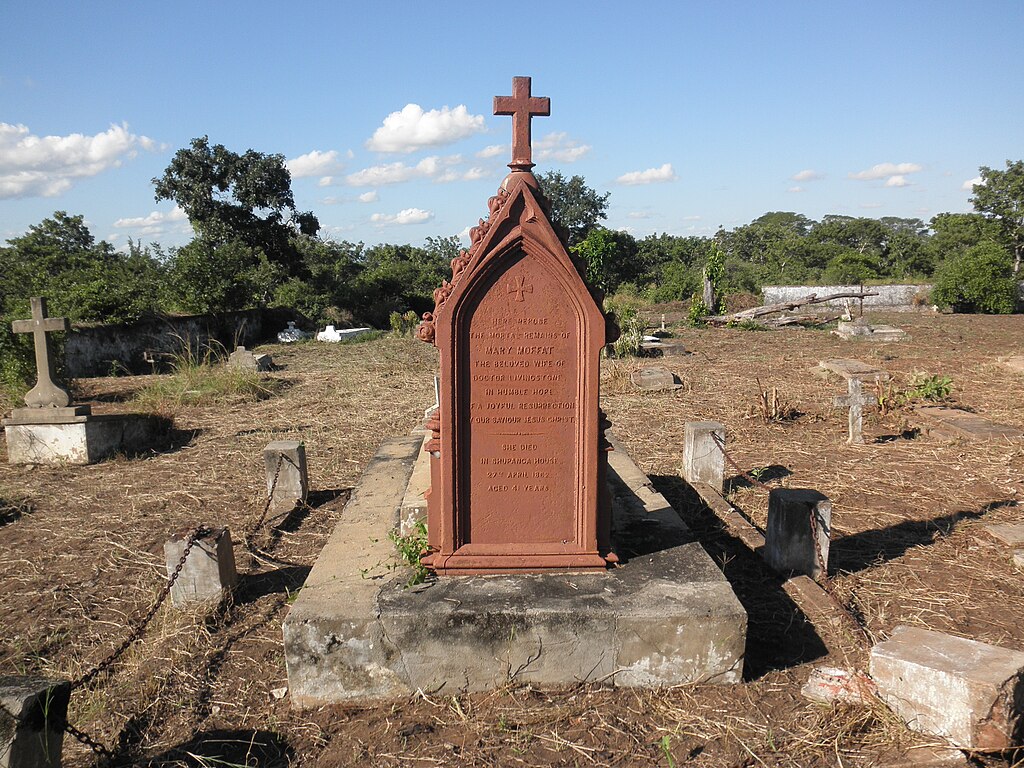 Soccerman321, CC BY 3.0, Wikimedia Commons
Soccerman321, CC BY 3.0, Wikimedia Commons
He Was Supposed To Meet His Son
You see, Mary wasn't the only one who had planned to join Livingstone in Africa. His eldest son Robert had intended to meet up with the expedition the year after his mother's demise. However, something much worse transpired instead.
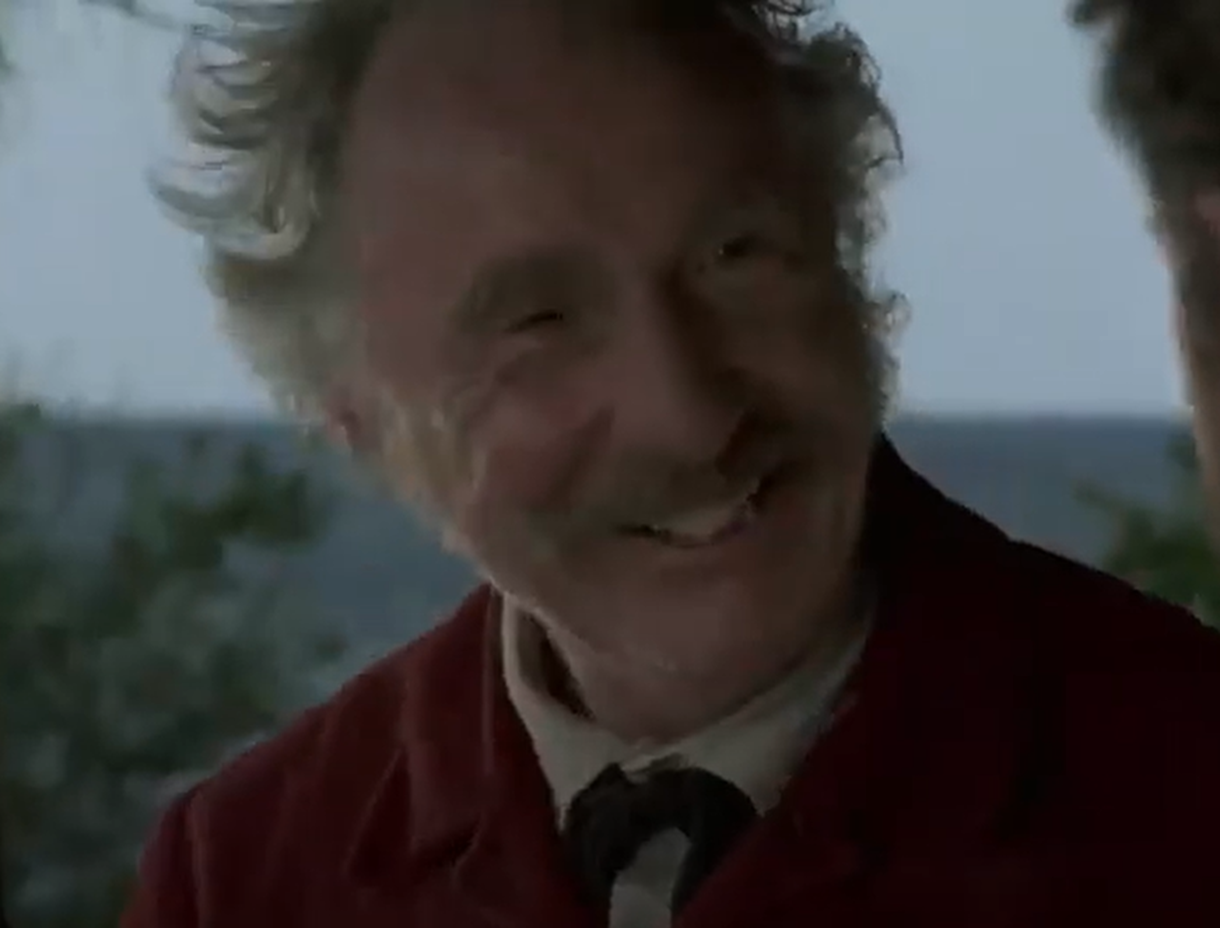 National Geographic, Forbidden Territory: Stanley's Search for Livingstone (1997)
National Geographic, Forbidden Territory: Stanley's Search for Livingstone (1997)
He Lost Him To The Civil War
Robert never did cross paths with his father. Rather than going to Africa, he wound up going to America where a completely different nightmare awaited him—the Civil War. Robert perished in battle on December 5, 1864.
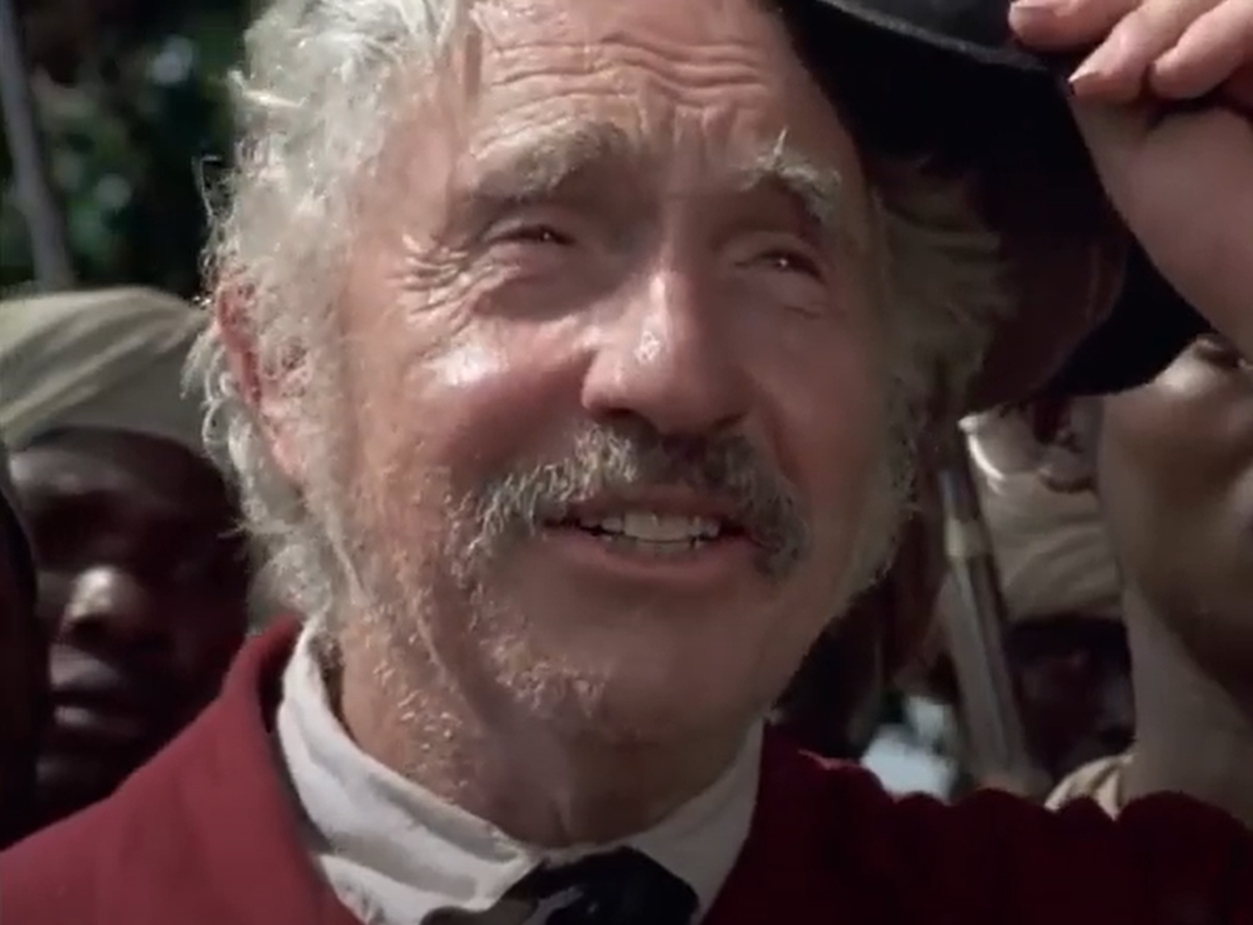 National Geographic, Forbidden Territory: Stanley's Search for Livingstone (1997)
National Geographic, Forbidden Territory: Stanley's Search for Livingstone (1997)
He Called It Quits
The same year he lost his wife, the British government called off Livingstone's Zambezi expedition. Though it certainly looked like a failure at first, time would later prove that his discoveries and collected knowledge from that time were quite important—especially when it came to future colonization.
 National Geographic, Forbidden Territory: Stanley's Search for Livingstone (1997)
National Geographic, Forbidden Territory: Stanley's Search for Livingstone (1997)
He Had Some Dire Medical Issues
Once again, Livingstone returned to Britain in 1864—and during his time back, he received some unfortunate news. As it turned out, the famous missionary had some health problems of his own.
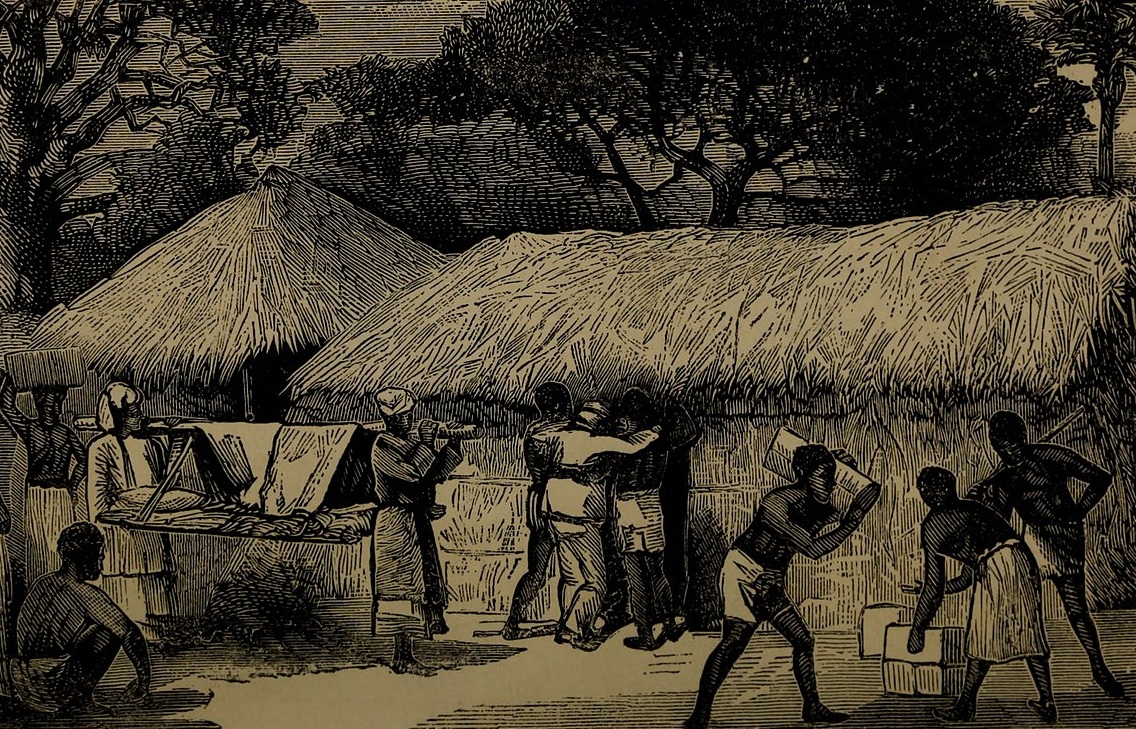 Houghton, Louise Seymour, Wikimedia Commons
Houghton, Louise Seymour, Wikimedia Commons
He Refused Treatment
One of Livingstone's longstanding ailments was his chronic hemorrhoids that bled profusely—an issue that had been plaguing him since his very first trip to Africa. Now, however, they were worse than ever before, and doctors told him that he should undergo surgery to treat them properly. That's when he made a fateful decision.
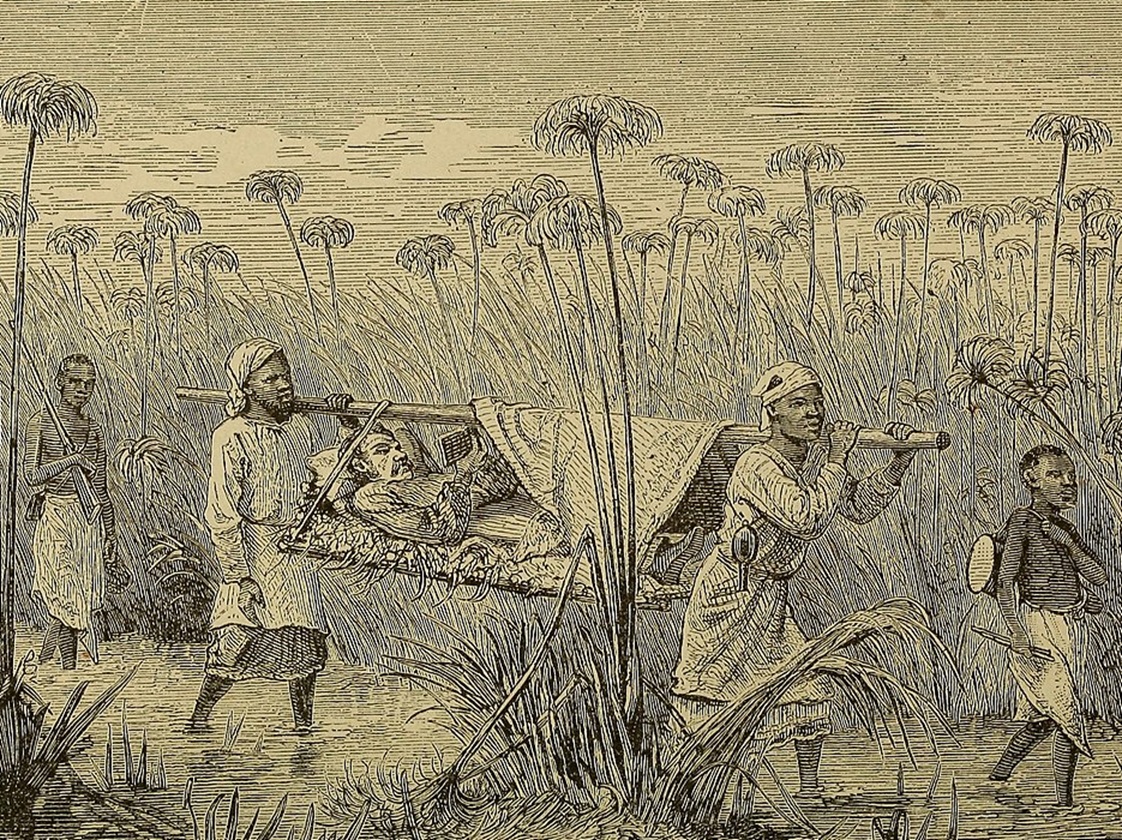 Internet Archive Book Images, Wikimedia Commons
Internet Archive Book Images, Wikimedia Commons
He Made The Wrong Call
Livingstone made the very unwise choice leave his hemorrhoids untreated. Instead, he decided to ignore them entirely and head back to Africa for his third and final expedition. As we'll see, this would come back to haunt him in a horrific way.
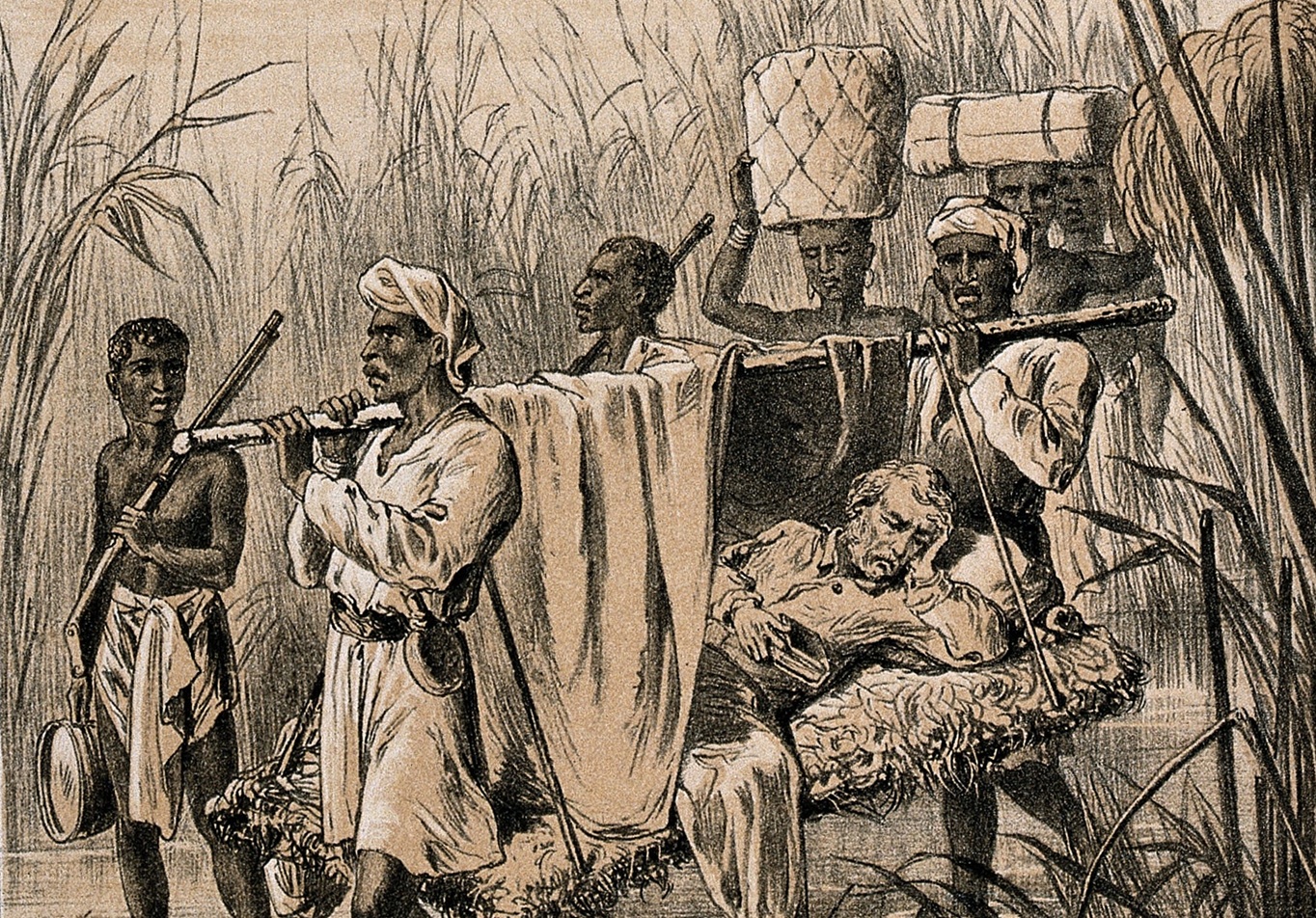 Wellcome Images, CC BY 4.0, Wikimedia Commons
Wellcome Images, CC BY 4.0, Wikimedia Commons
He Wanted To Find The Nile's Sources
On top of his usual goals of squashing the slave trade and spreading the Gospel, Livingstone also wanted to search for the source of the Nile. But, like his previous trip, similar conflicts arose.
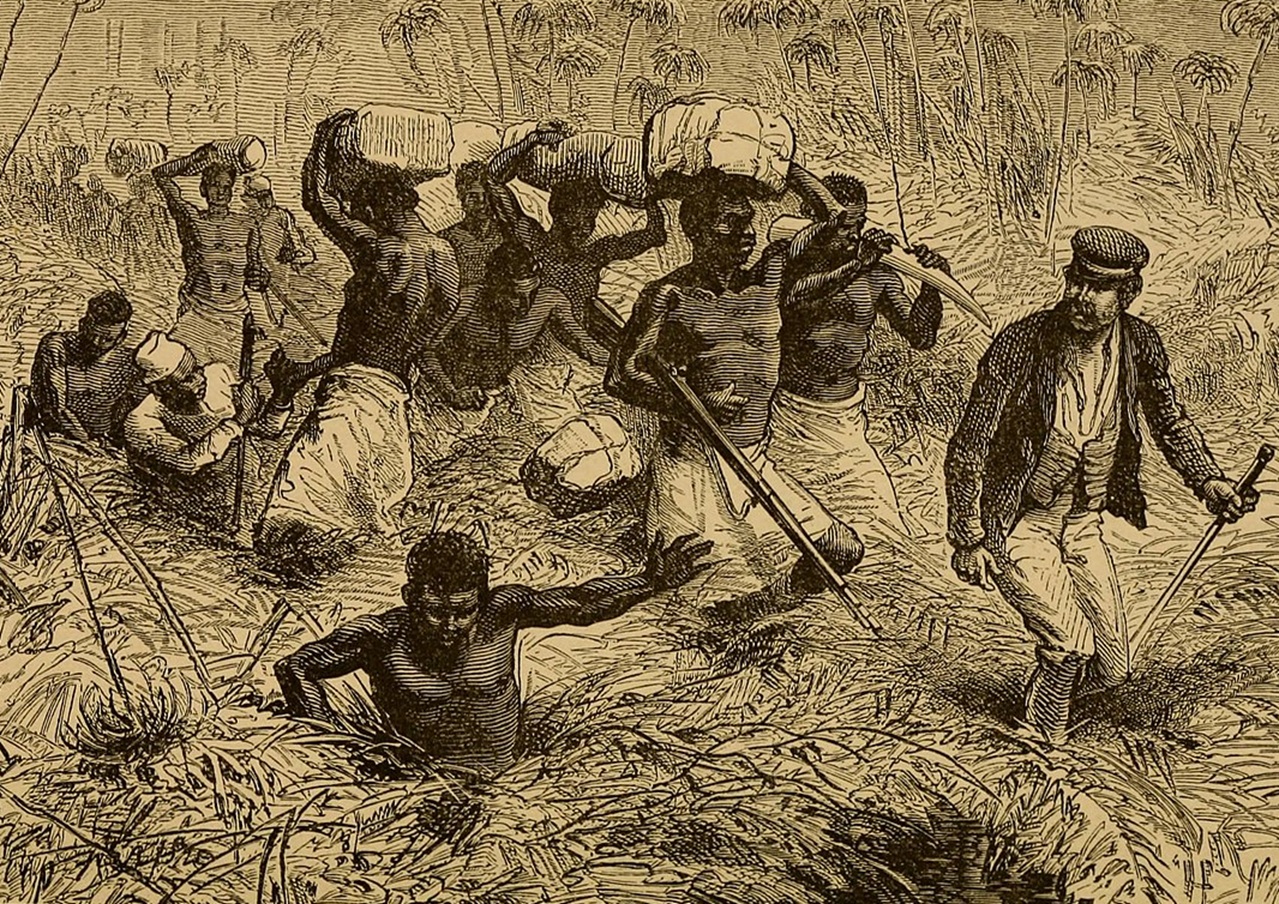 Internet Archive Book Images, Wikimedia Commons
Internet Archive Book Images, Wikimedia Commons
He Had To Deal With Treacherous Deserters
Though Livingstone organized a party of just African and Asian members, drama still managed to infuse the expedition. Following the disruption of their route by Ngoni raids, some of Livingstone's men abandoned the party entirely. When these deserters arrived in Zanzibar, they spread a shockingly false story about their fearless leader.
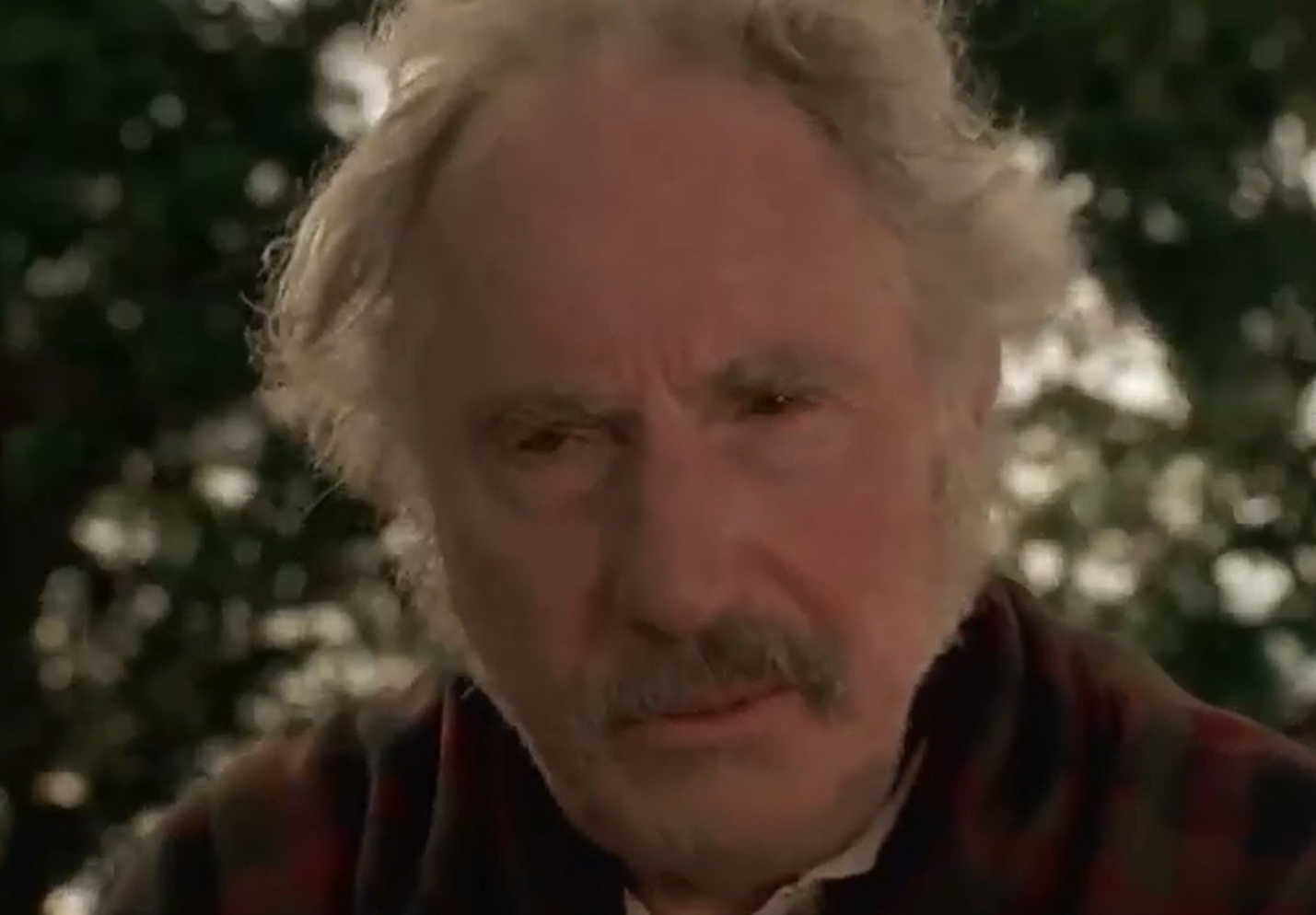 National Geographic, Forbidden Territory: Stanley's Search for Livingstone (1997)
National Geographic, Forbidden Territory: Stanley's Search for Livingstone (1997)
They Spread Lies About His Demise
To dodge any possible repercussions for abandoning the expedition, the deserters claimed that Livingstone had perished at the hands of the Ngoni. Though the truth would eventually be revealed the following year—that Livingstone still lived—this sensational lie certainly made its rounds in the meantime.
However, when it came to drama, this last expedition served it up in spades.
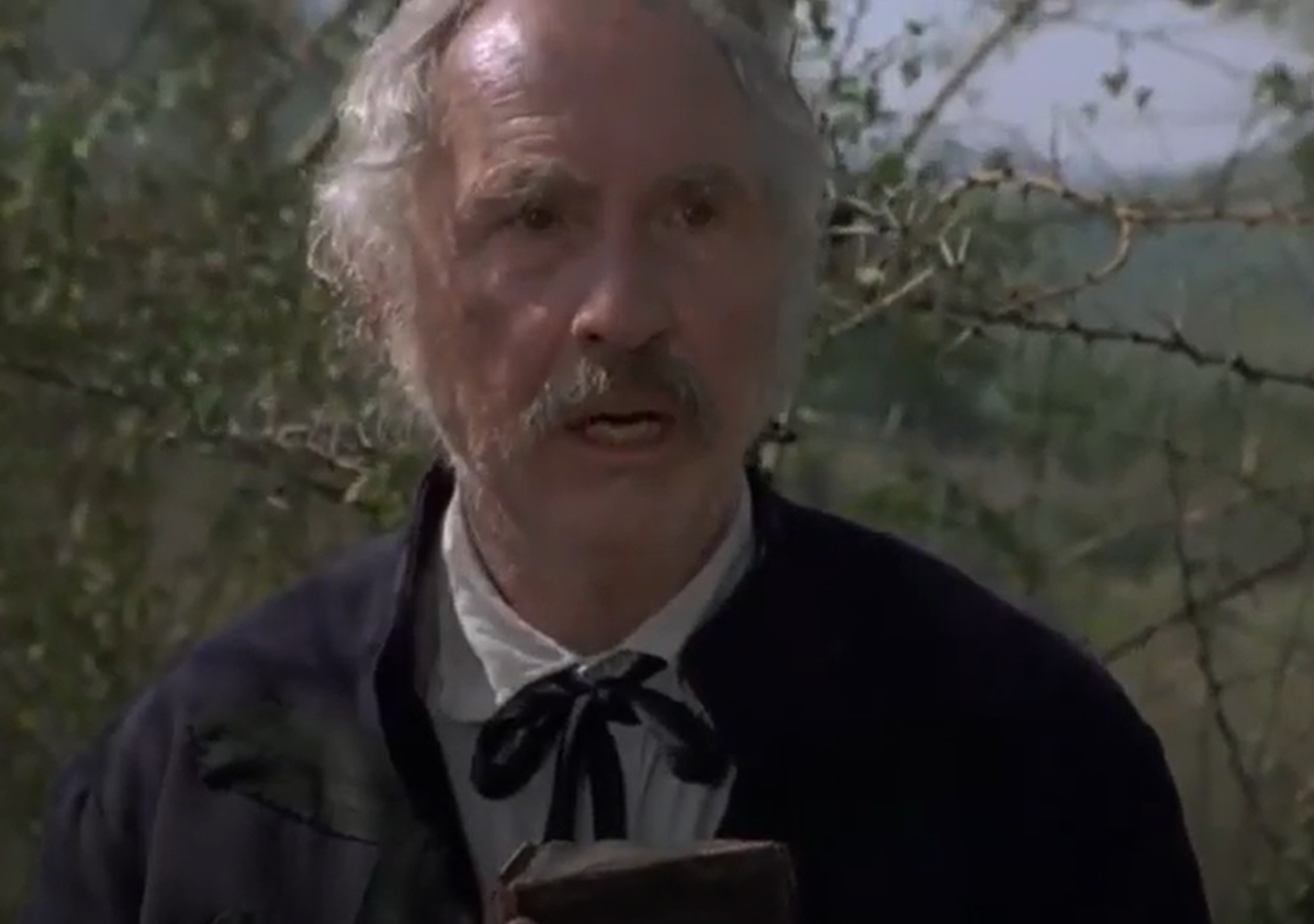 National Geographic, Forbidden Territory: Stanley's Search for Livingstone (1997)
National Geographic, Forbidden Territory: Stanley's Search for Livingstone (1997)
His Own Men Turned Against Him
From Lake Nyasa, Livingstone continued his march northward, heading for central Africa. In 1867, another deserter weakened his provisions by pilfering his medical chest. But though the entire expedition seemed punctuated by utter betrayal, there were a few silver linings to cling to.
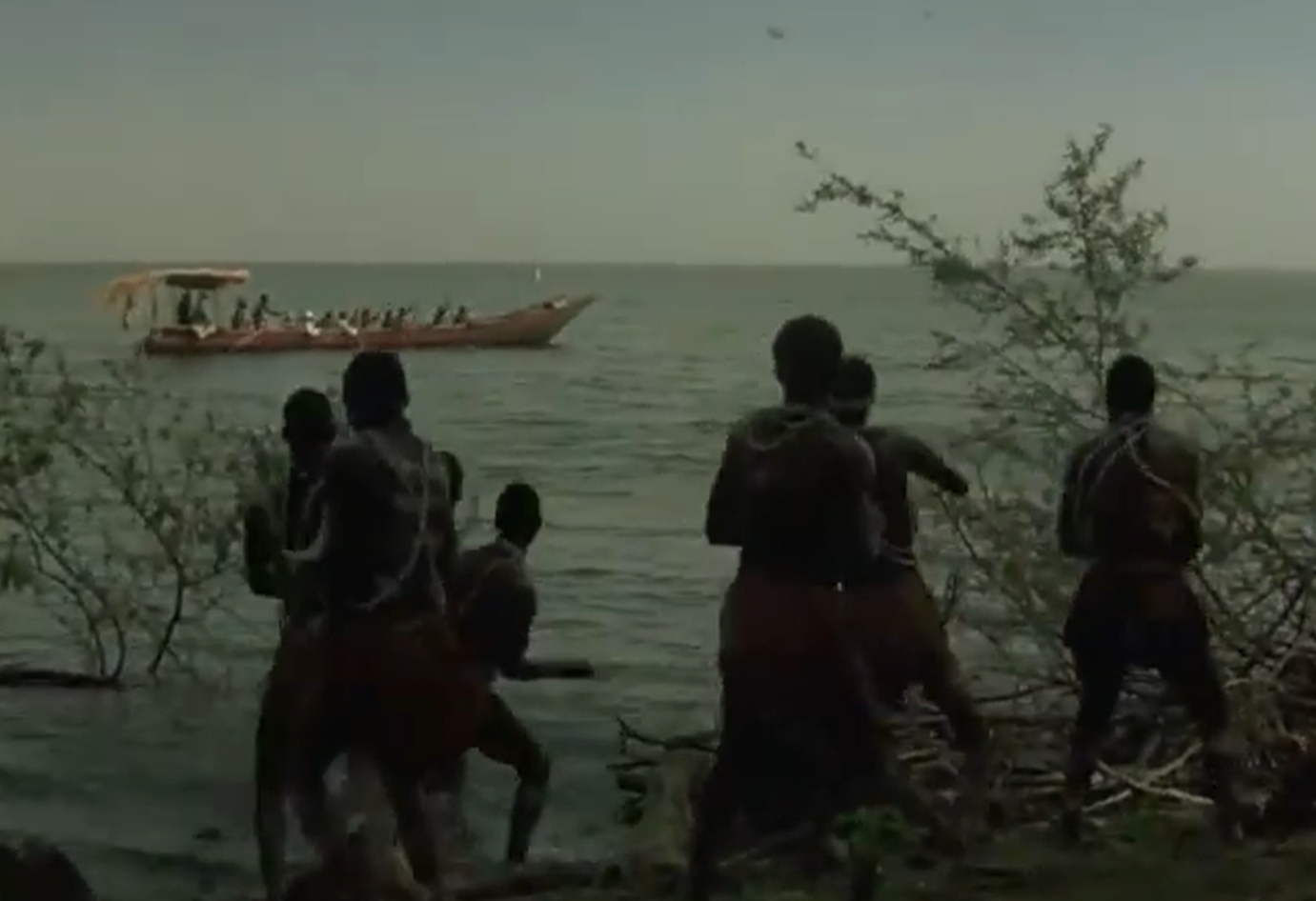 National Geographic, Forbidden Territory: Stanley's Search for Livingstone (1997)
National Geographic, Forbidden Territory: Stanley's Search for Livingstone (1997)
He Achieved Many Firsts As A European Explorer
Livingstone did manage to achieve some firsts as a European in a foreign land. He was the first European to visit several lakes, like Lake Mweru and Lake Bangweulu. However, the longer he traveled, the worse his health became.
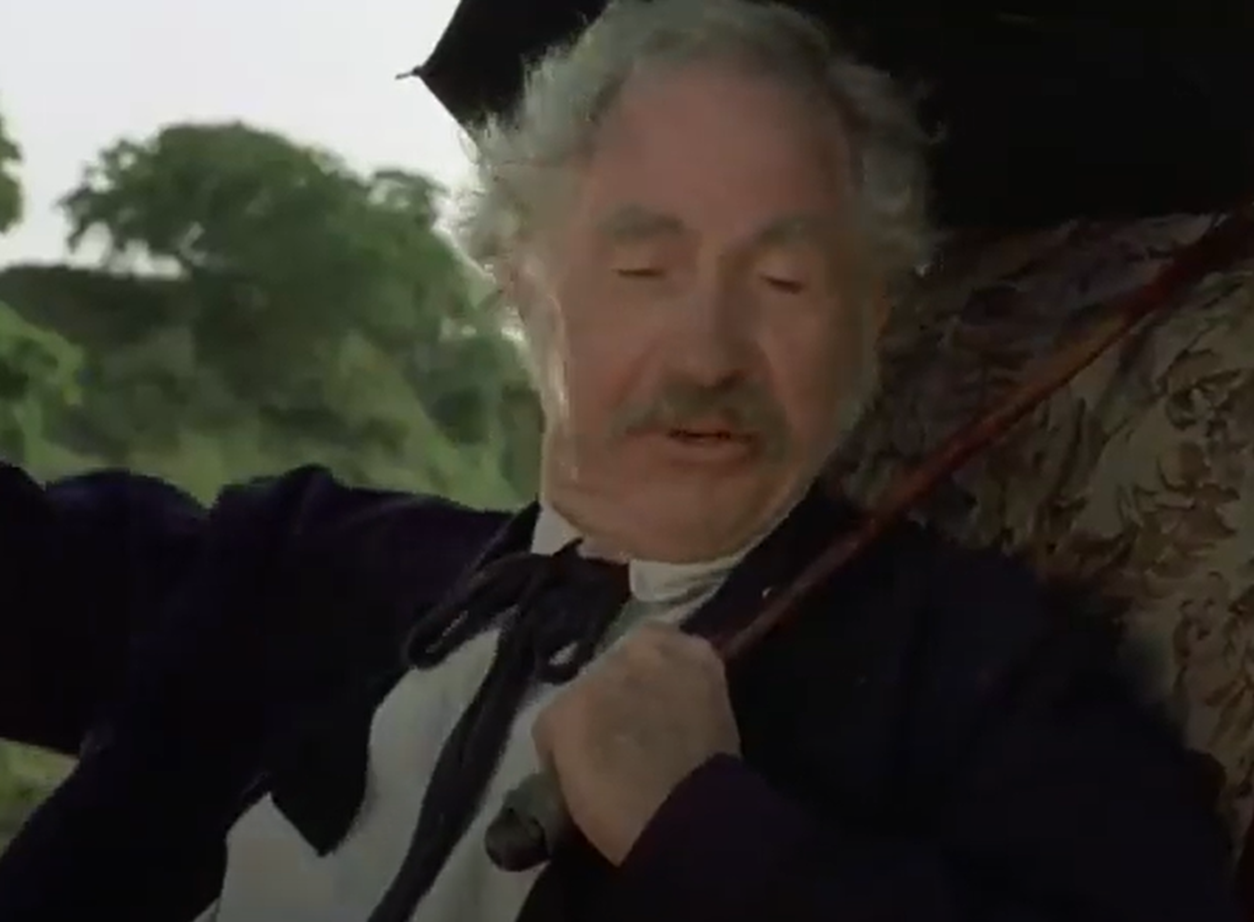 National Geographic, Forbidden Territory: Stanley's Search for Livingstone (1997)
National Geographic, Forbidden Territory: Stanley's Search for Livingstone (1997)
He Went Missing
By the time he made it back to Lake Tanganyika in 1871, Livingstone was not looking good. He was extremely sick. Even worse? To the outside world, he had become a missing man. He had virtually disappeared into the continent for years, and so search parties spread out to find him. The culmination of this search led to one of the most famous lines in history.
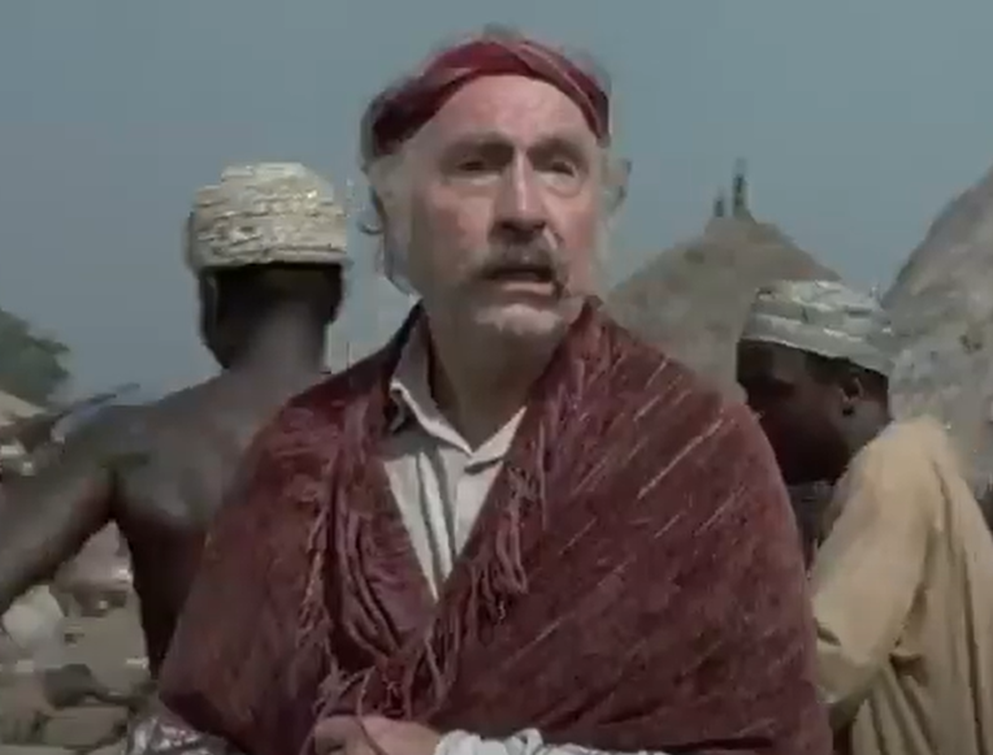 National Geographic, Forbidden Territory: Stanley's Search for Livingstone (1997)
National Geographic, Forbidden Territory: Stanley's Search for Livingstone (1997)
He Inspired A Famous Quote
Even those unfamiliar with David Livingstone have likely heard the quote, "Dr Livingstone, I presume?” This was supposedly uttered by the journalist Henry Morton Stanley who eventually found Livingstone. But their encounter went much further than this.
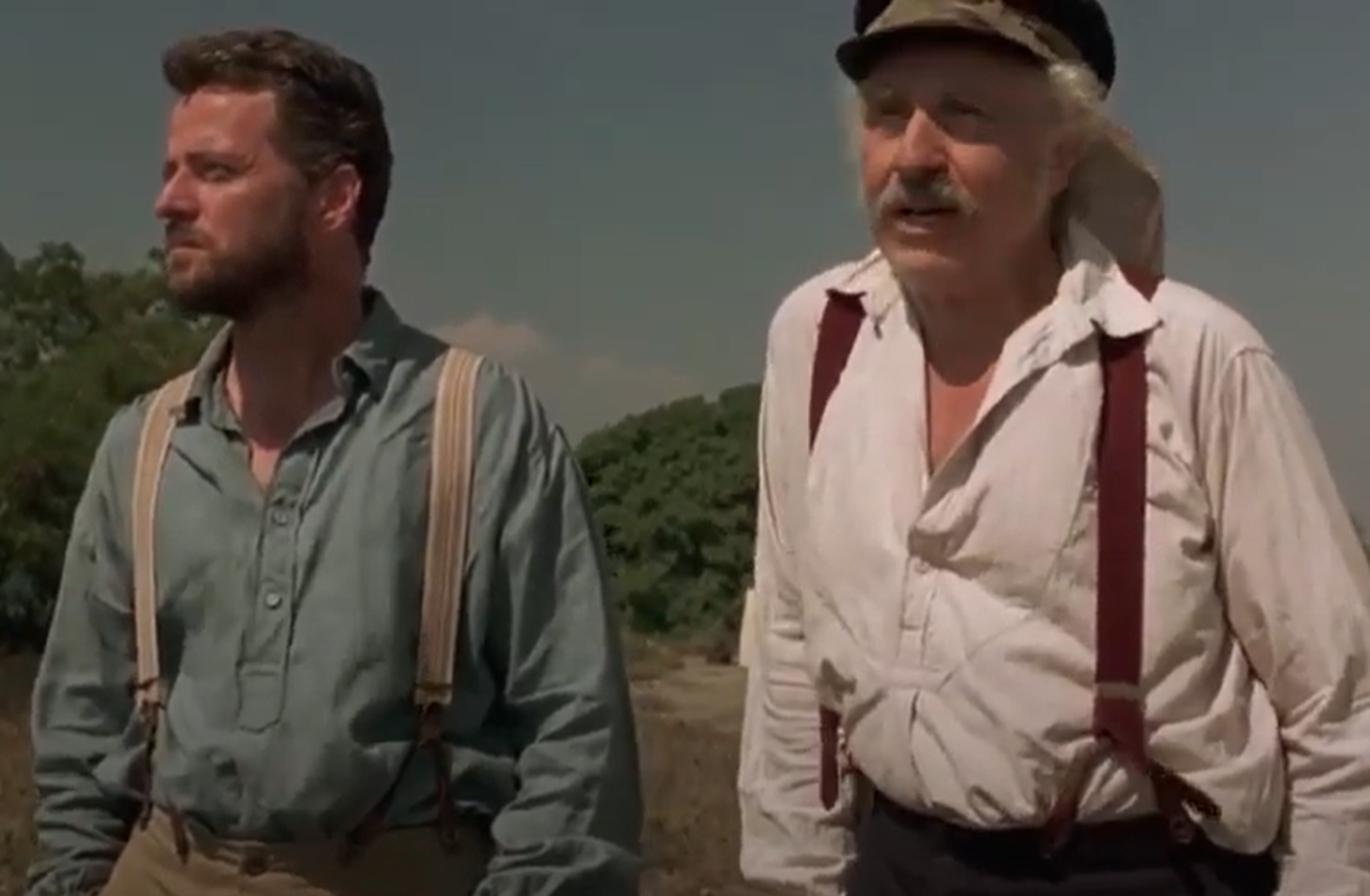 National Geographic, Forbidden Territory: Stanley's Search for Livingstone (1997)
National Geographic, Forbidden Territory: Stanley's Search for Livingstone (1997)
He Refused To Go Home
Stanley helped Livingstone regain his strength, providing the explorer with much-needed medicine and rations. What's more? Stanley desperately wanted Livingstone to come home to England with him. Unfortunately, the latter's consuming obsession with finding the sources of the Nile prevented him from giving up.
This turned out to be a grave error in judgment.
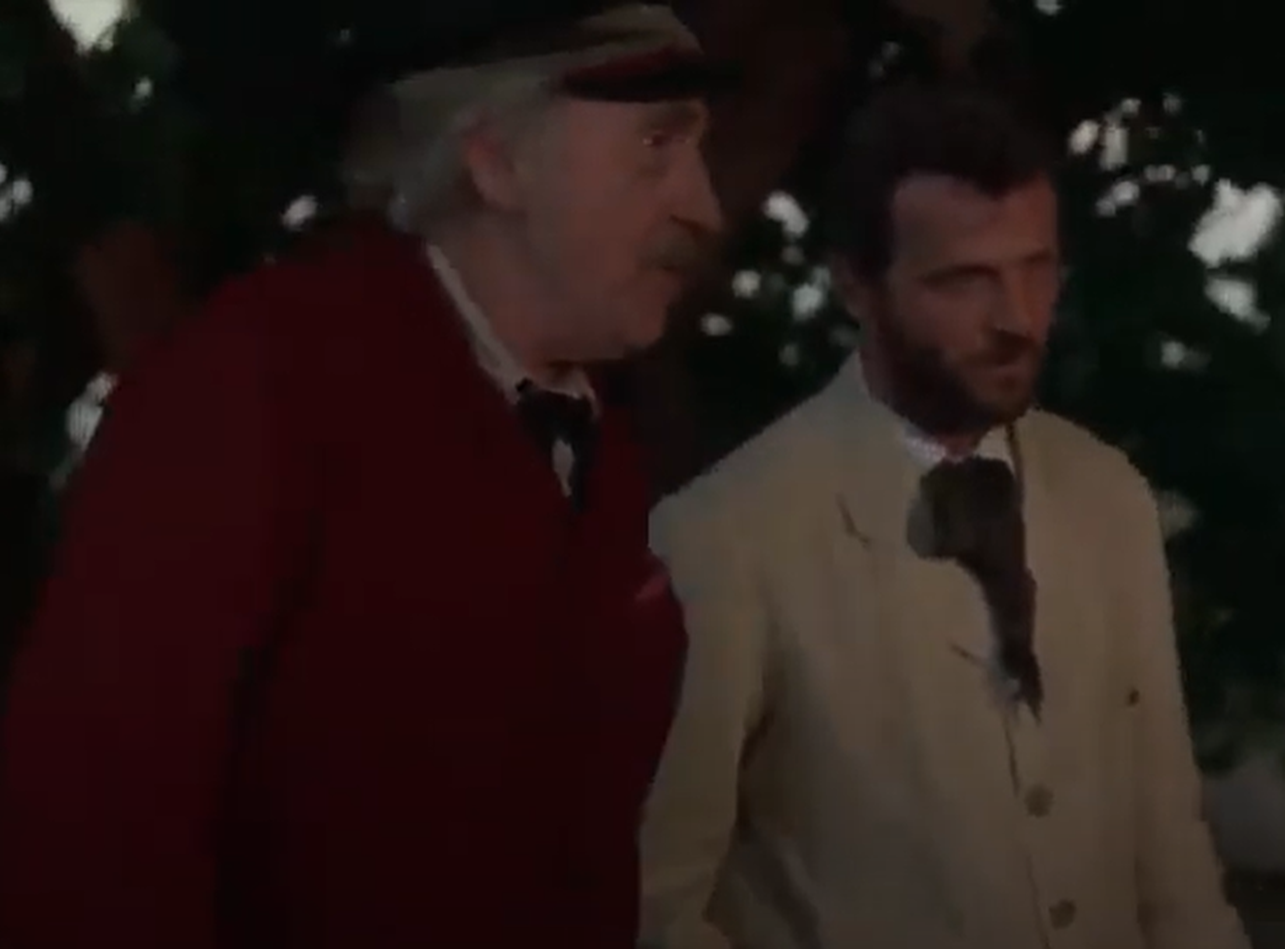 National Geographic, Forbidden Territory: Stanley's Search for Livingstone (1997)
National Geographic, Forbidden Territory: Stanley's Search for Livingstone (1997)
He Succumbed To His Illnesses
Illness would come for David Livingstone in the end. Not only were his hemorrhoids thought to have played a role in his death, but the explorer also suffered from malaria and dysentery, which caused internal bleeding. In May 1873, his African servants found his body in the most shocking position.
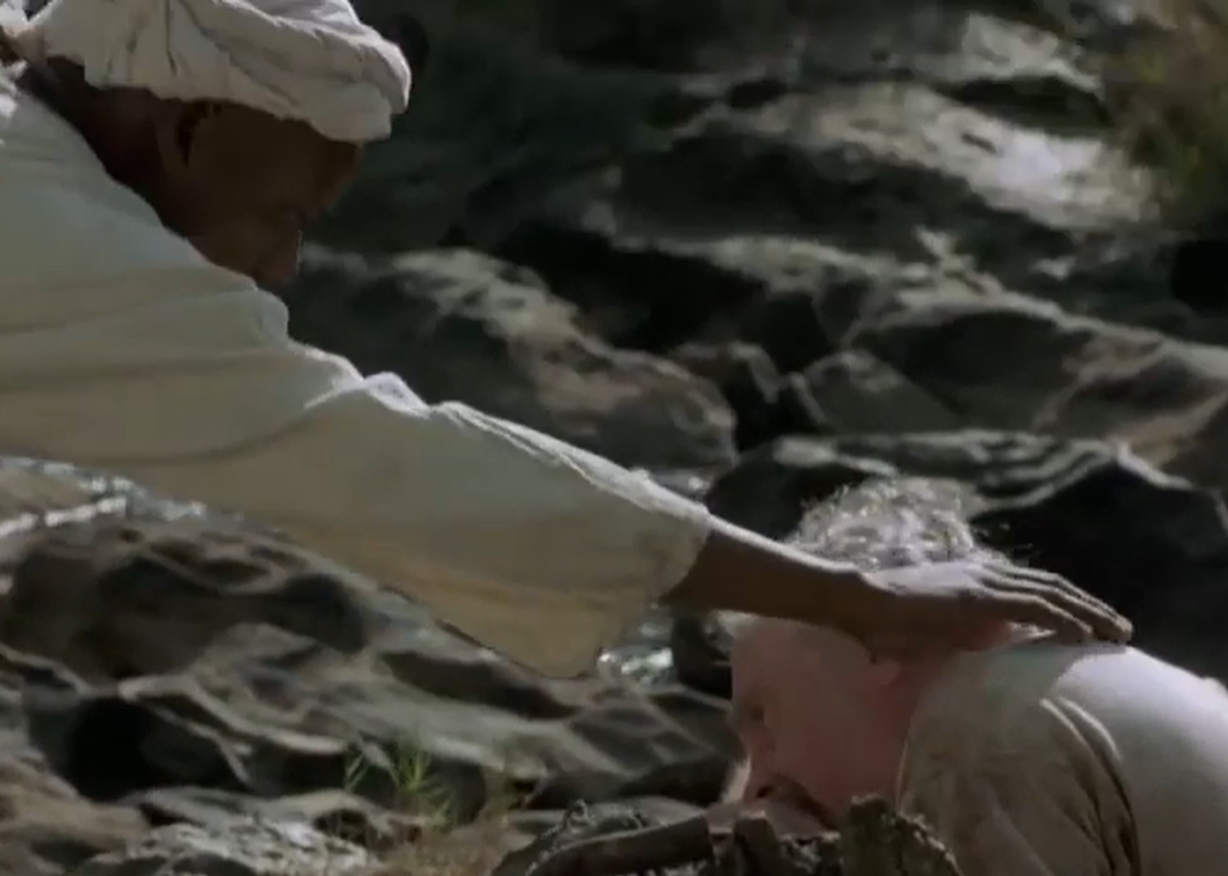 National Geographic, Forbidden Territory: Stanley's Search for Livingstone (1997)
National Geographic, Forbidden Territory: Stanley's Search for Livingstone (1997)
He Was Still Kneeling
David Livingstone passed in what is now known as northern Zambia—Chitambo. Oddly enough, his servants discovered his body, still kneeling close to his bed. It looked as though he'd sat down to pray. He was 60 years old.
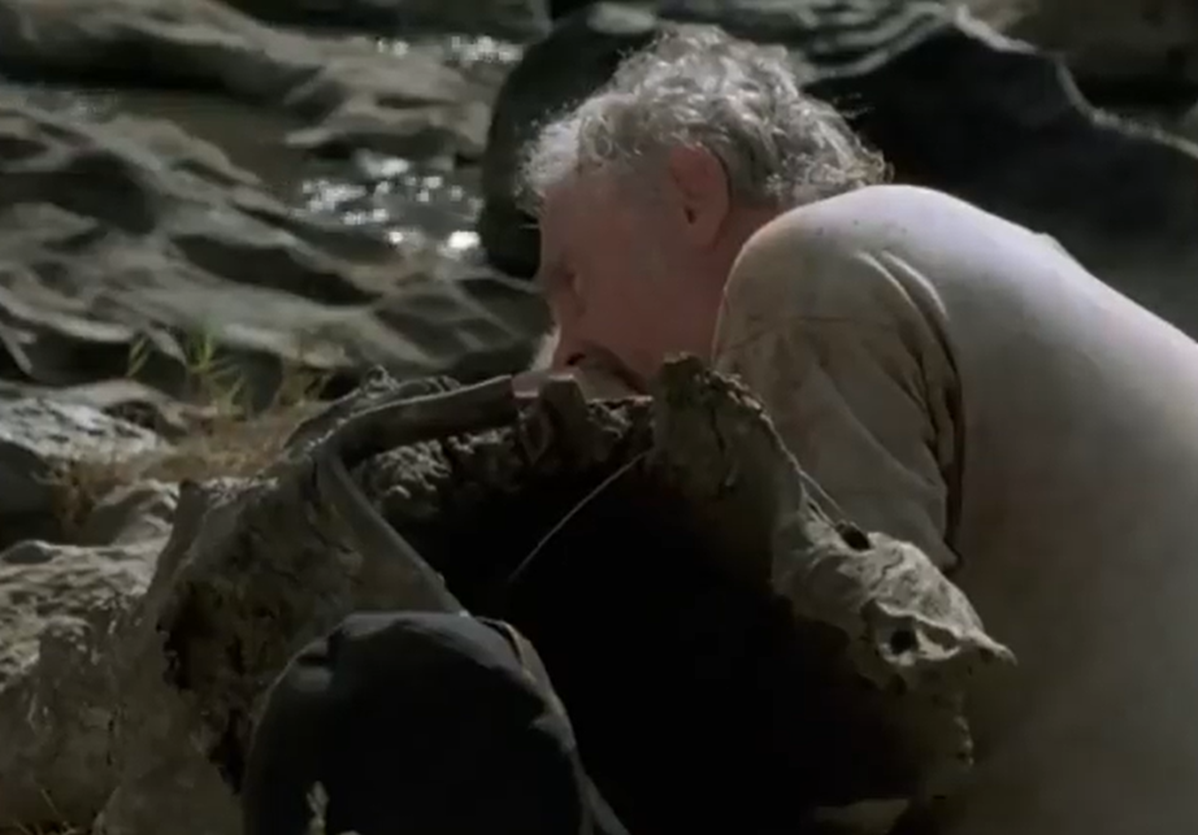 National Geographic, Forbidden Territory: Stanley's Search for Livingstone (1997)
National Geographic, Forbidden Territory: Stanley's Search for Livingstone (1997)
His Heart Remained In Africa
This is the end of the story of David Livingstone. Following his demise, he had to be embalmed—but in order to do that, his heart had to be taken out. This organ ended up buried beneath a tree, while the rest of his remains went on one final, but incredibly arduous, journey.
The End Of The Road
It took nine months for Livingstone's body to finally make it to the coast, where he could be properly transported back to England. Though his heart remained in Africa, his body was given something of the royal treatment back home—a grand funeral followed by his burial in Westminster Abbey.

